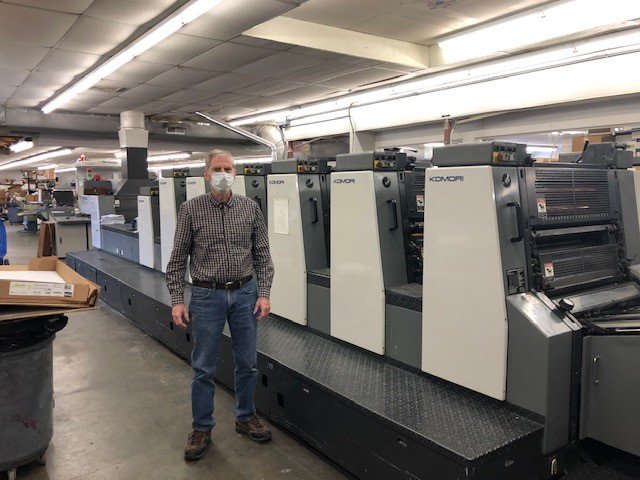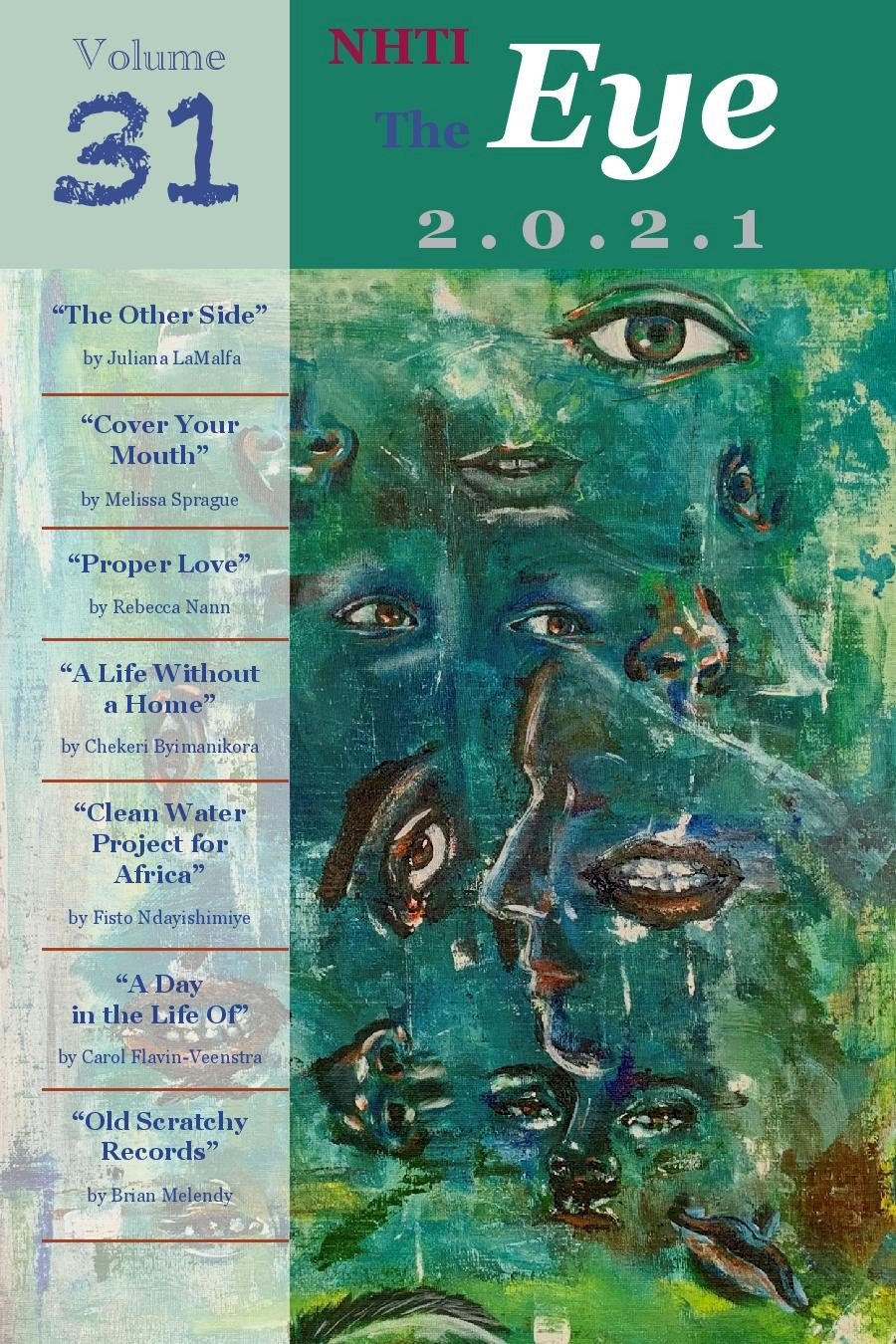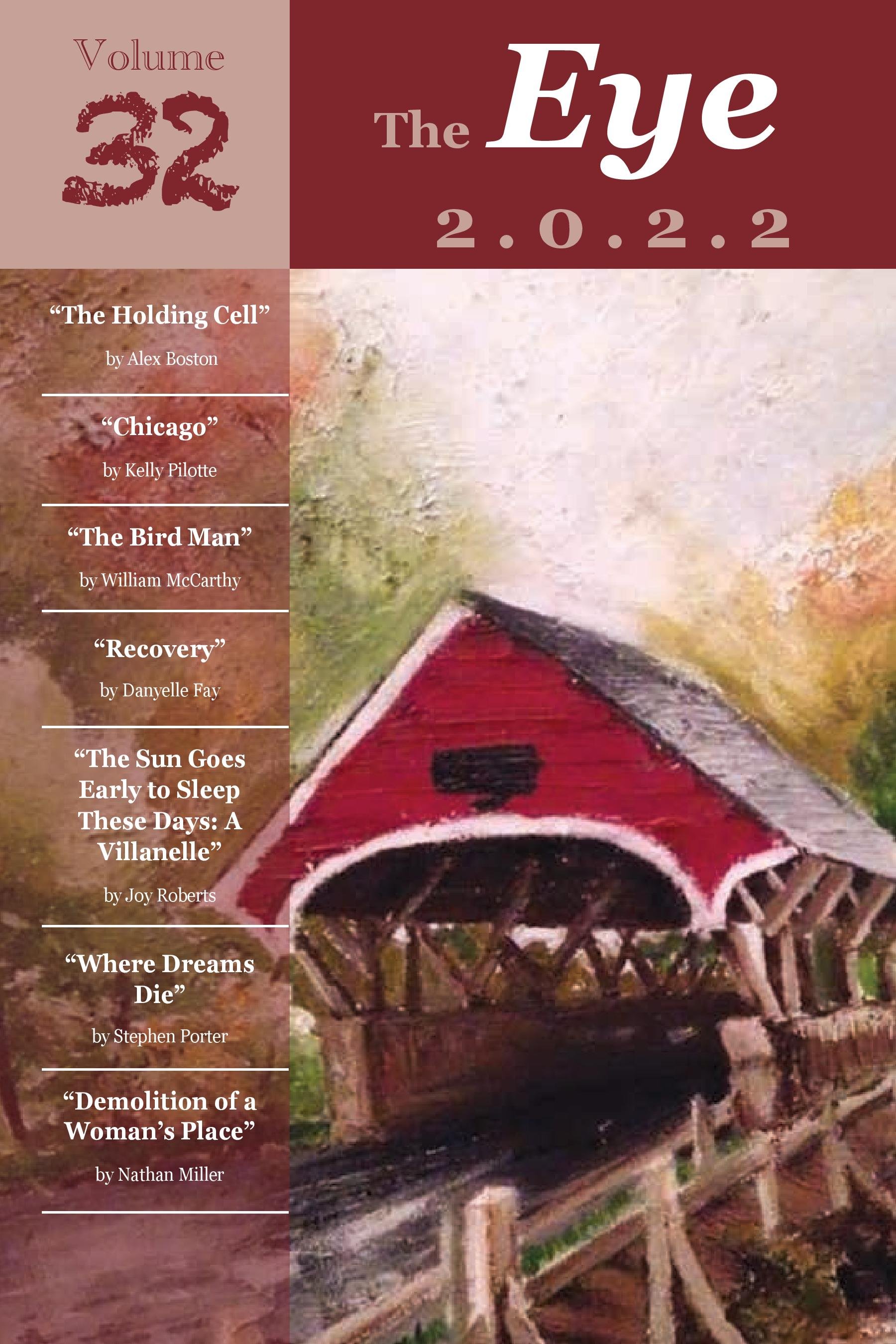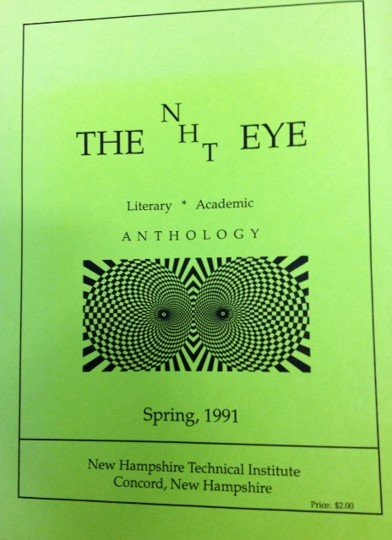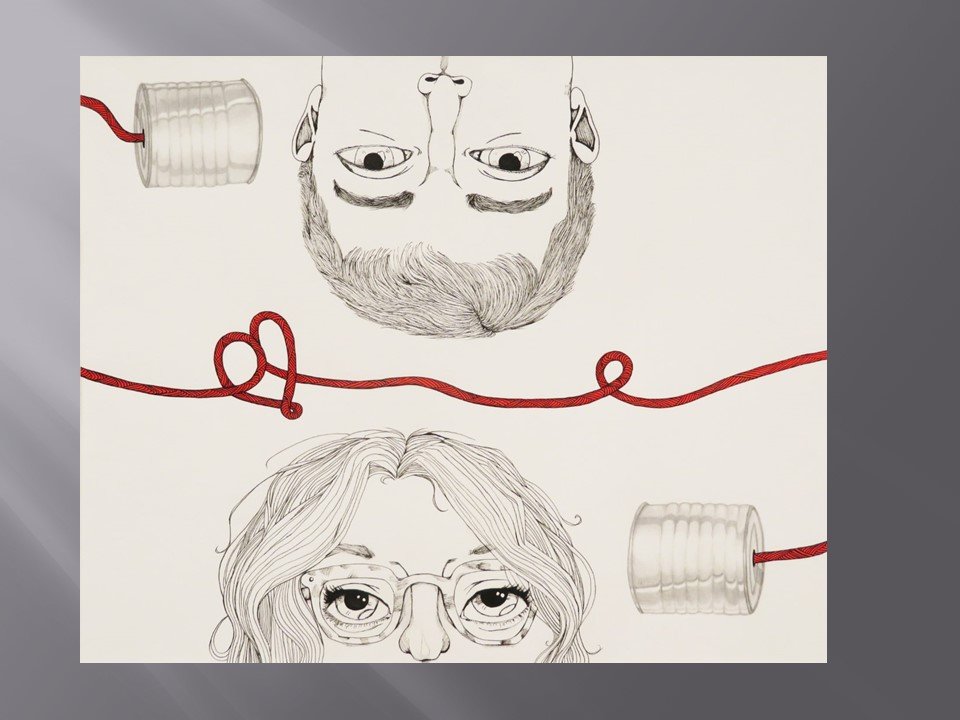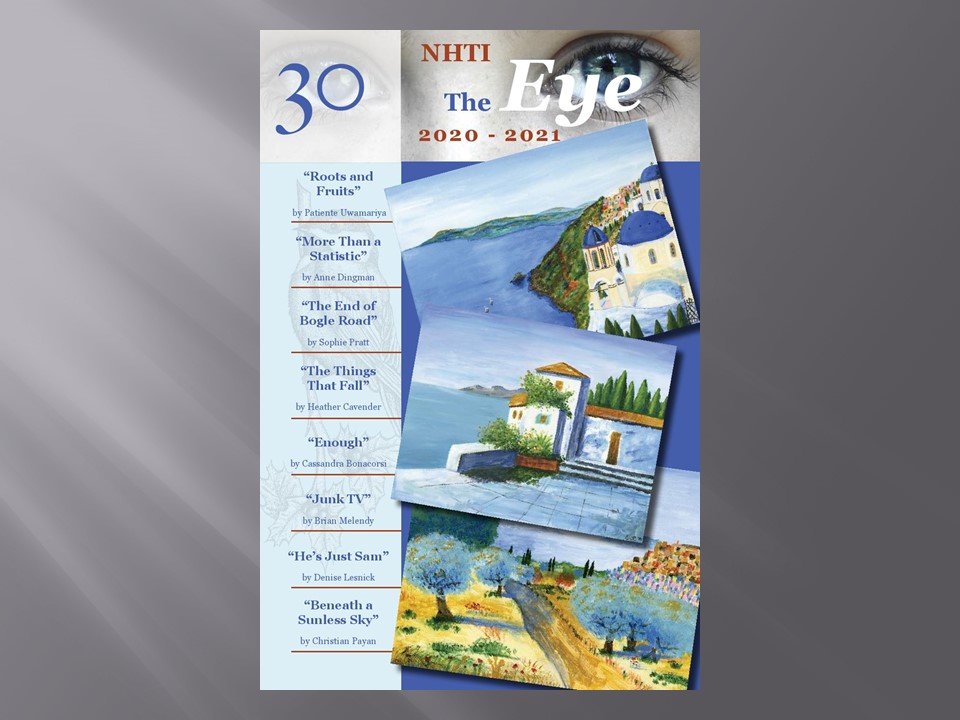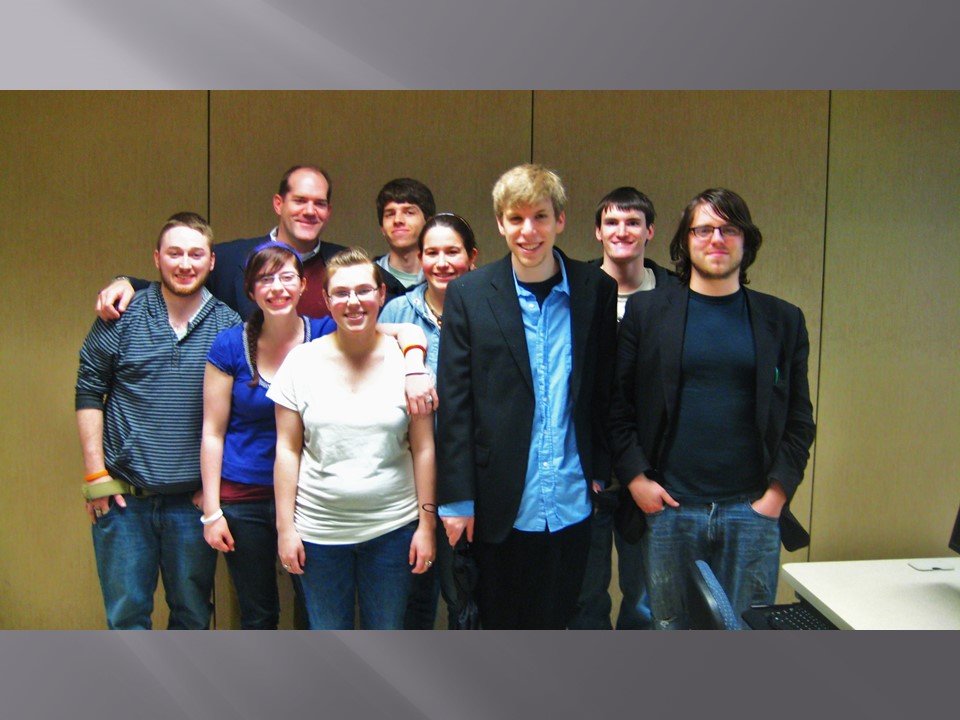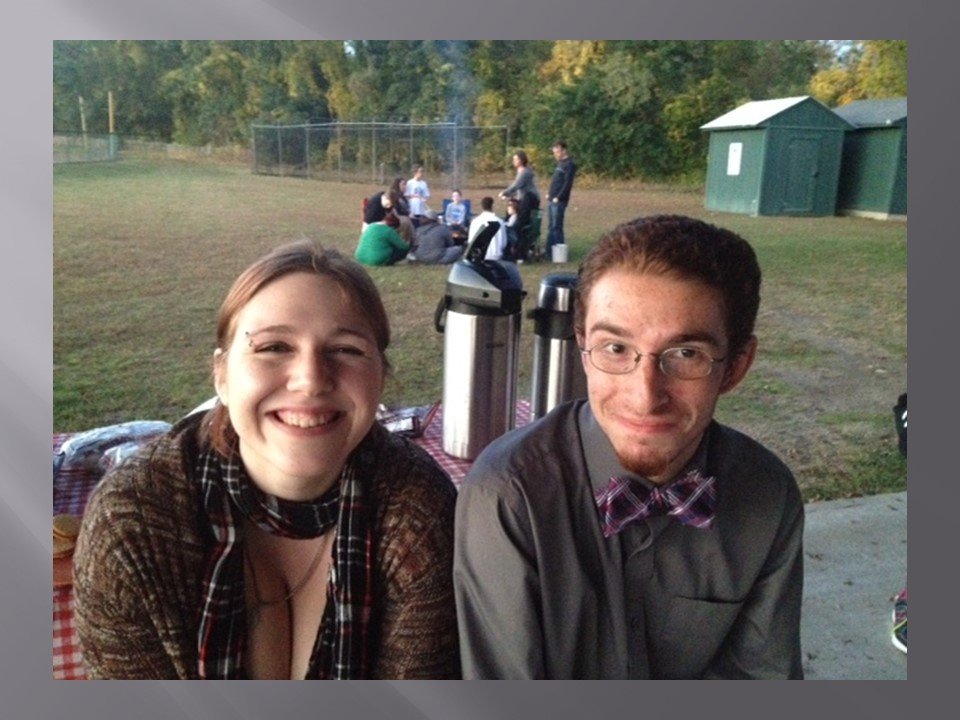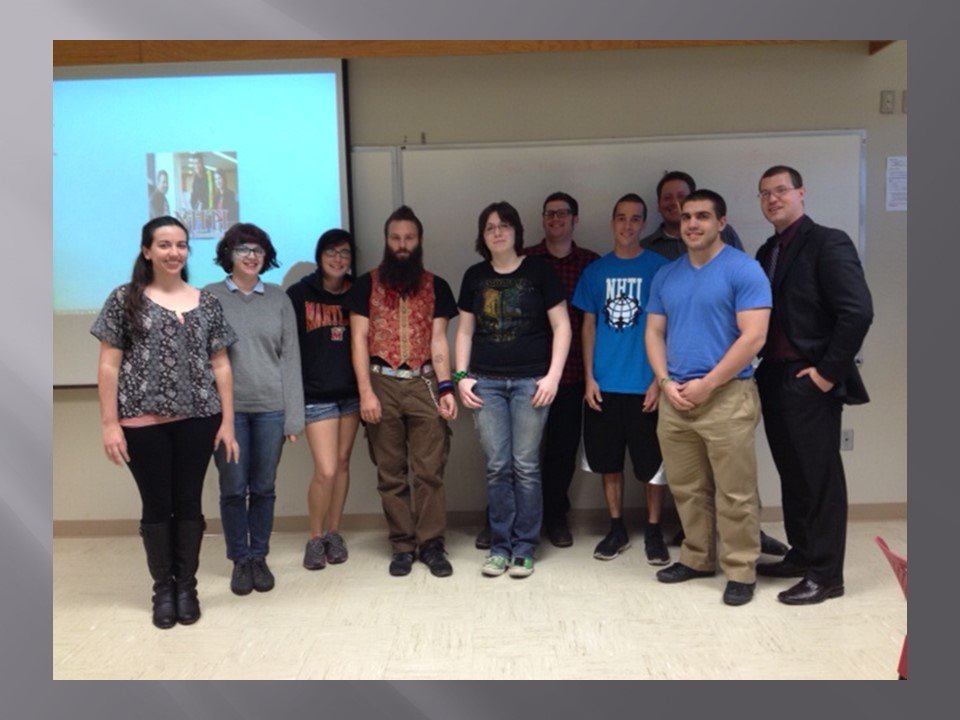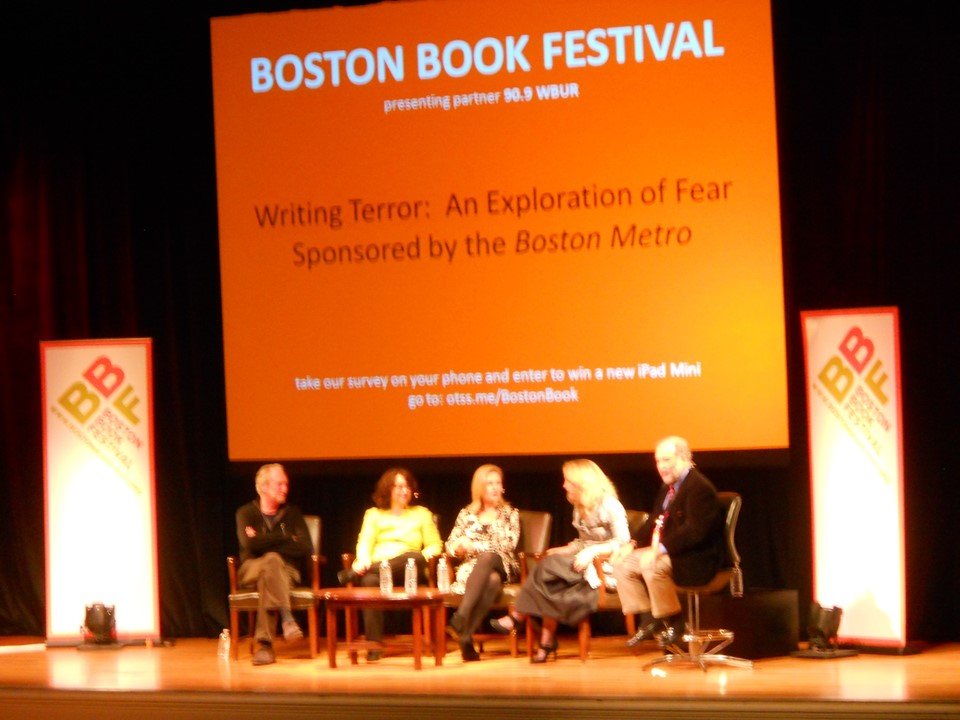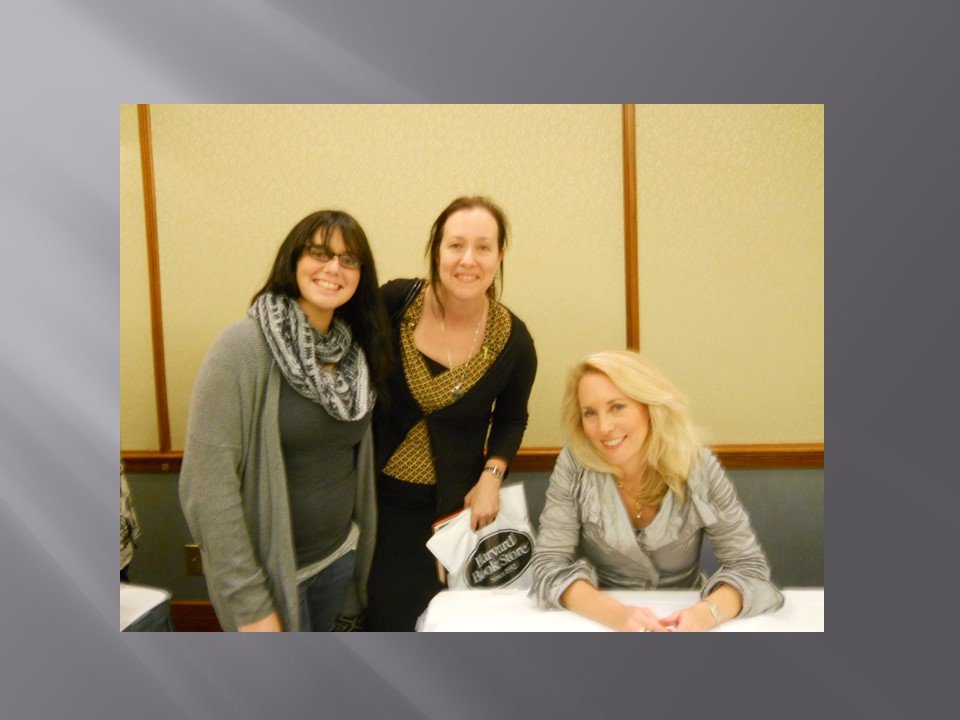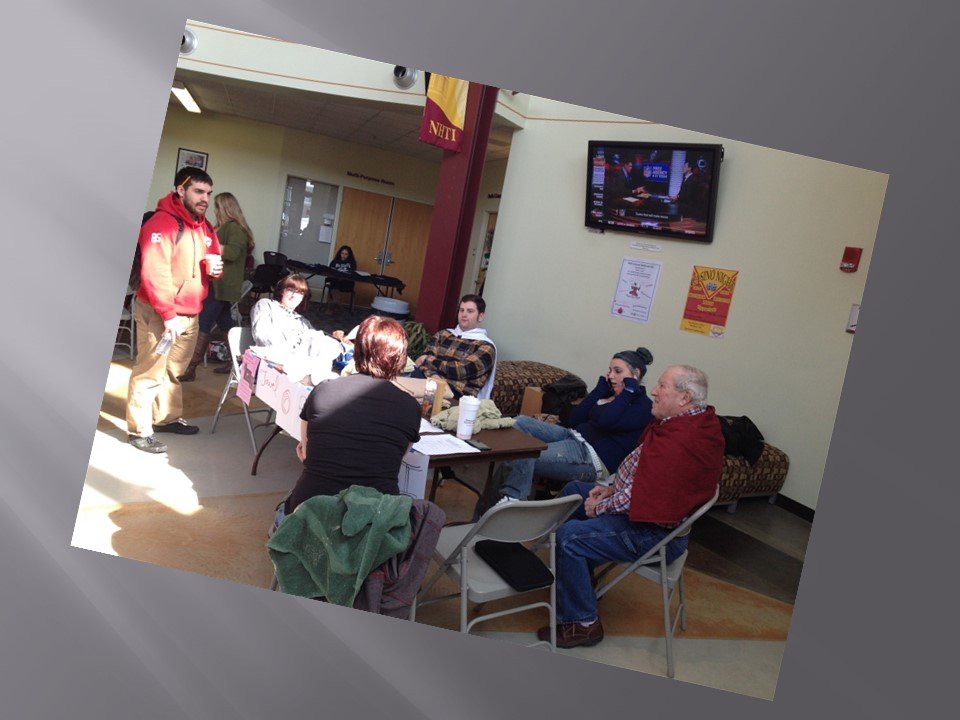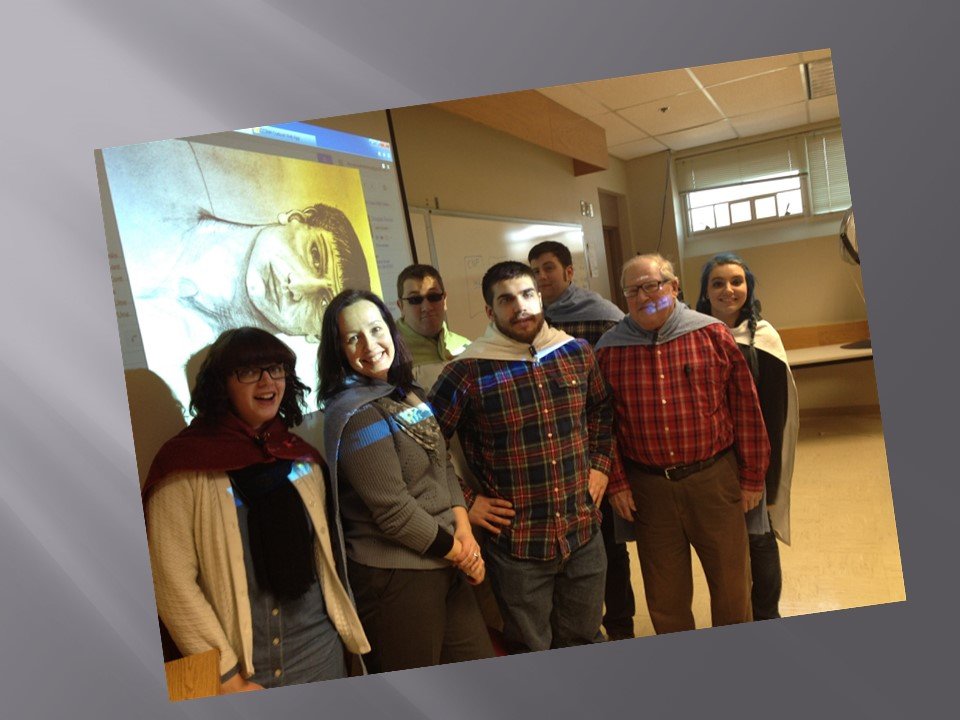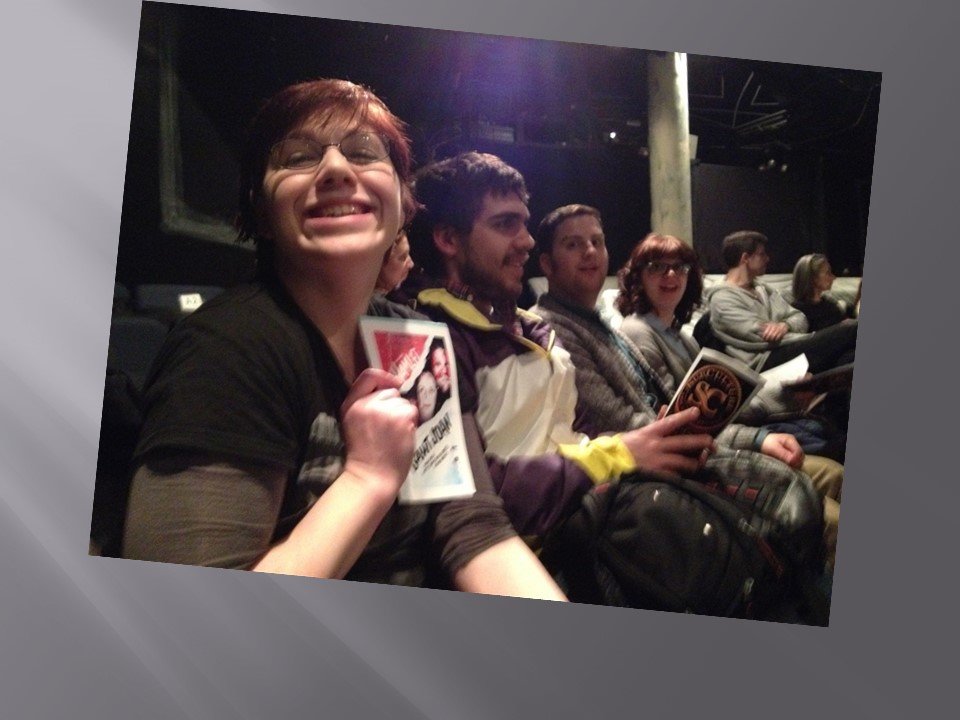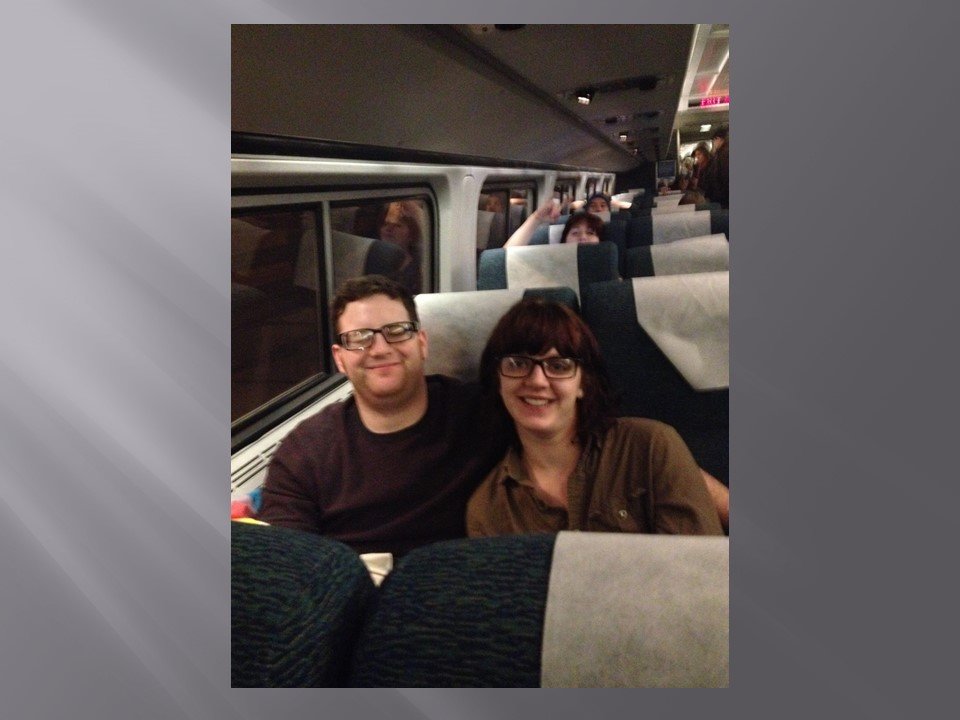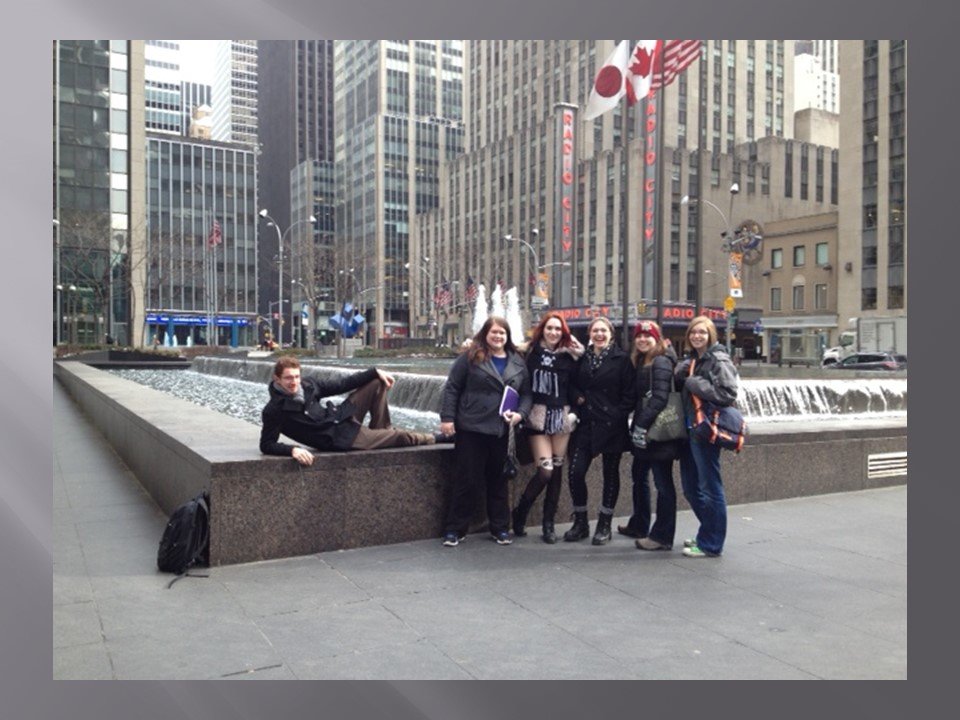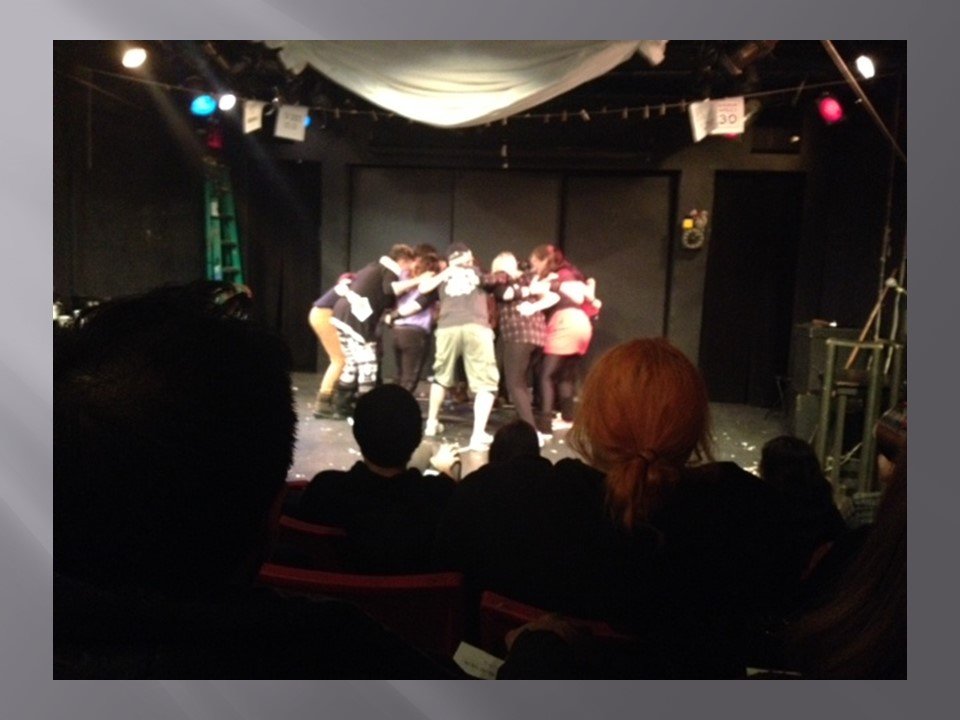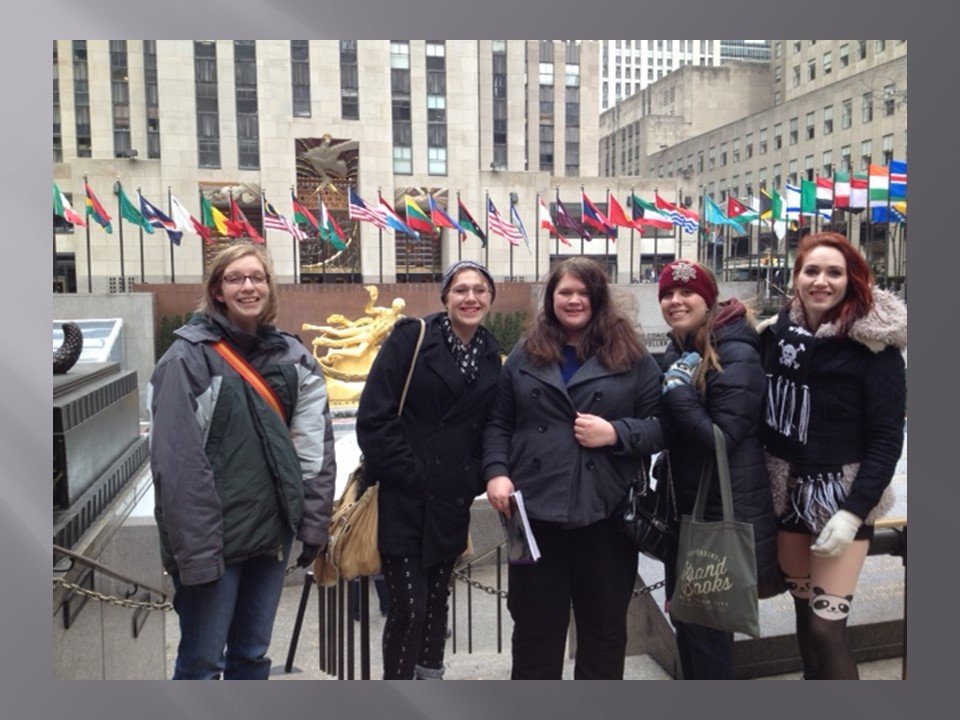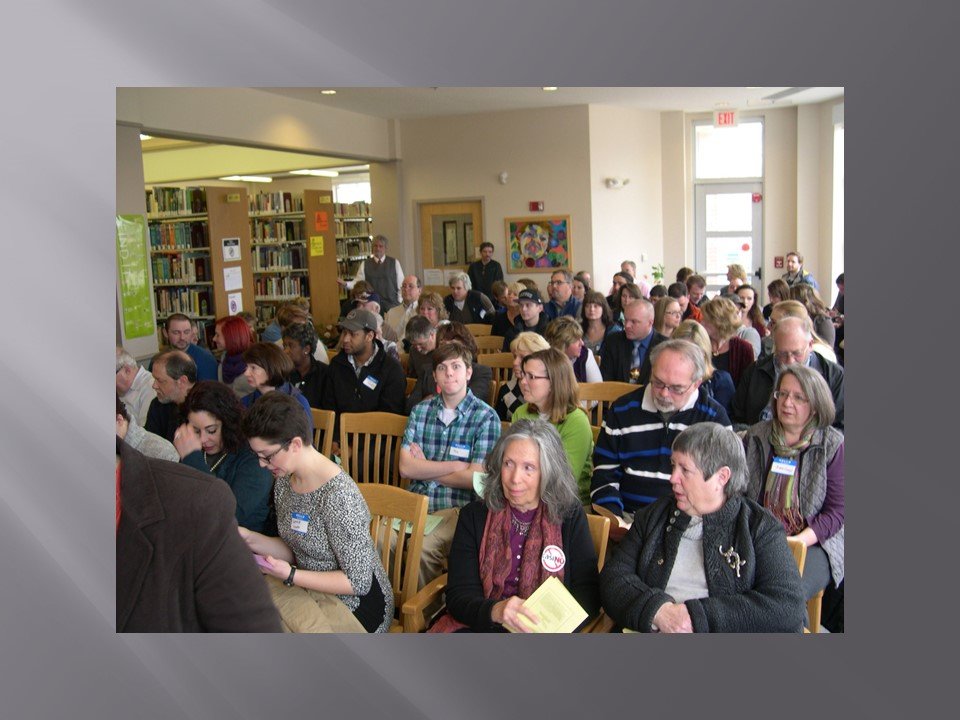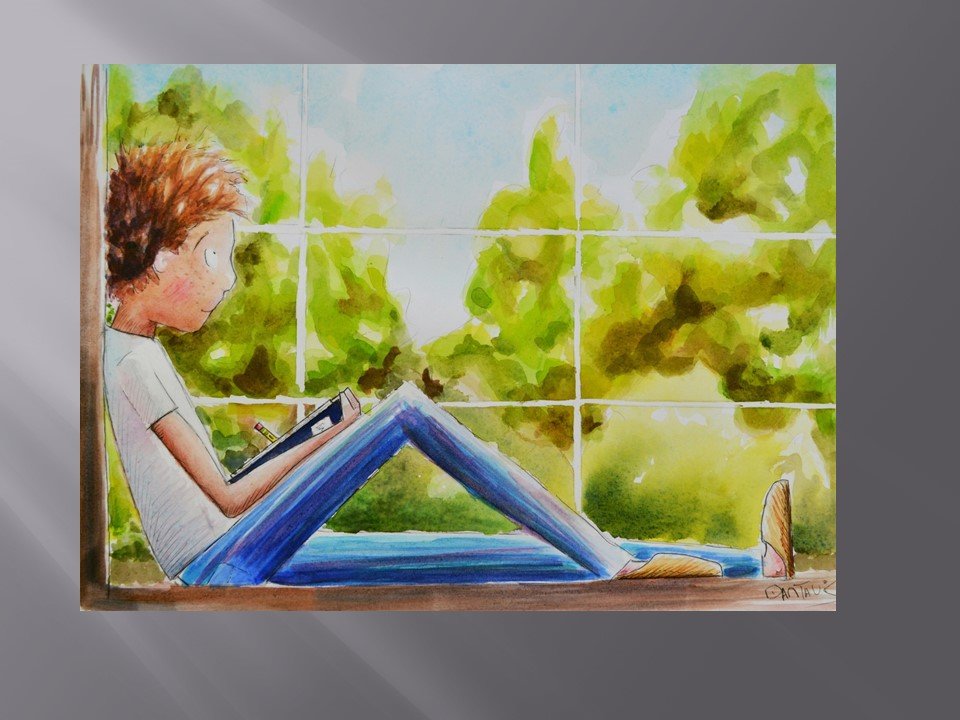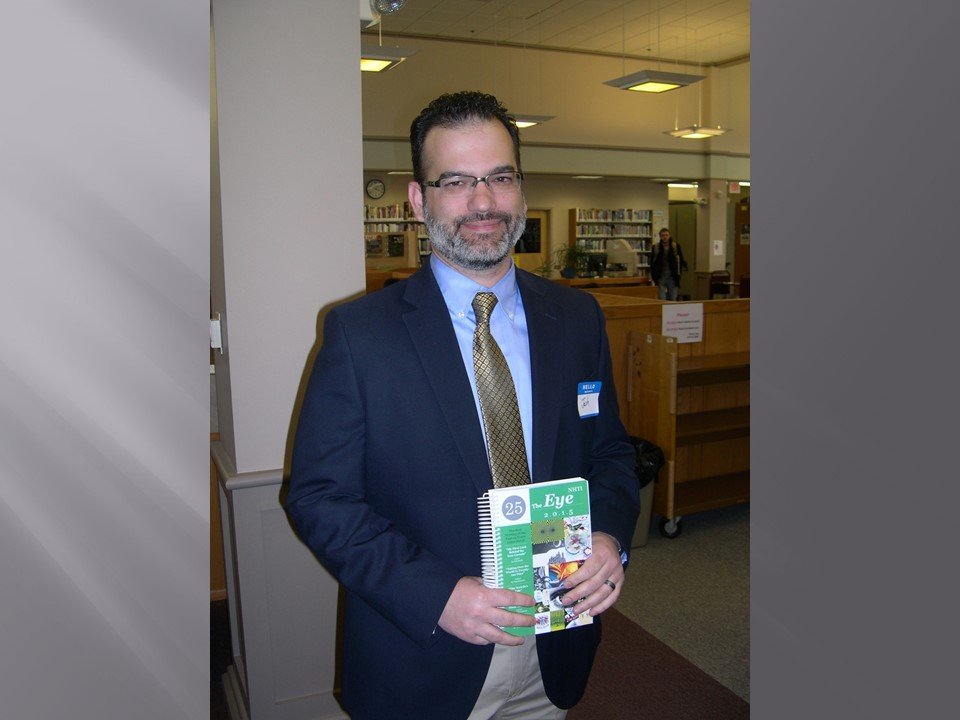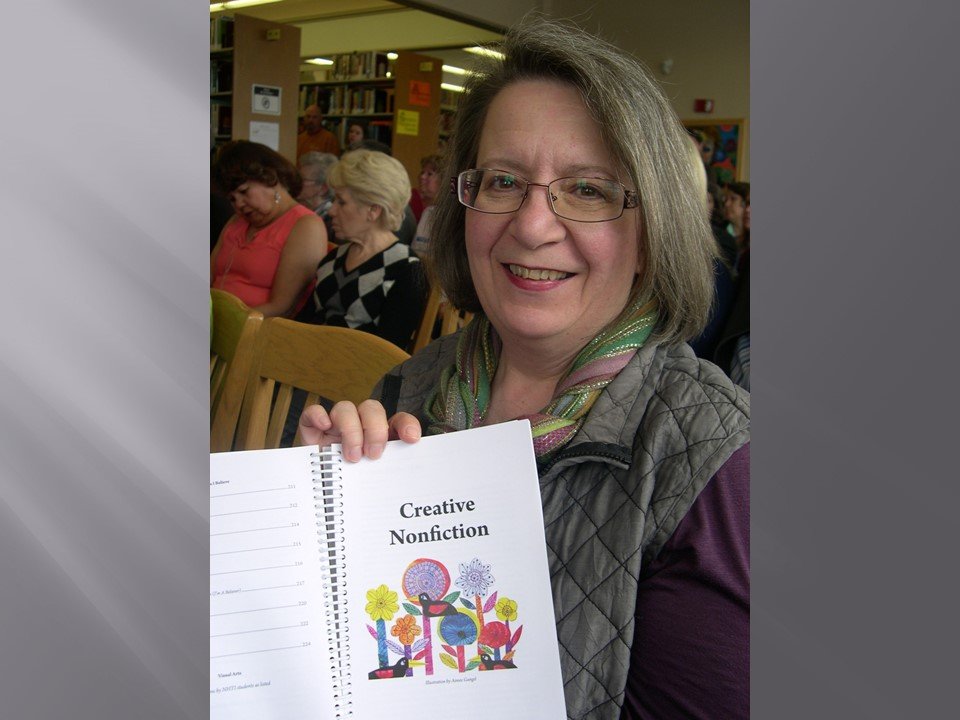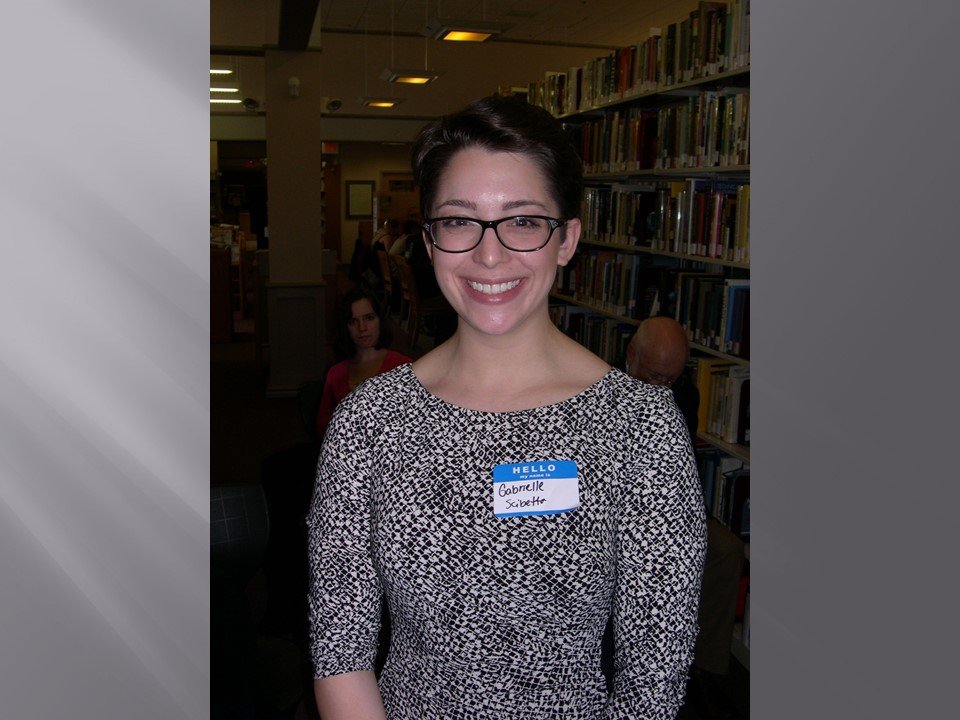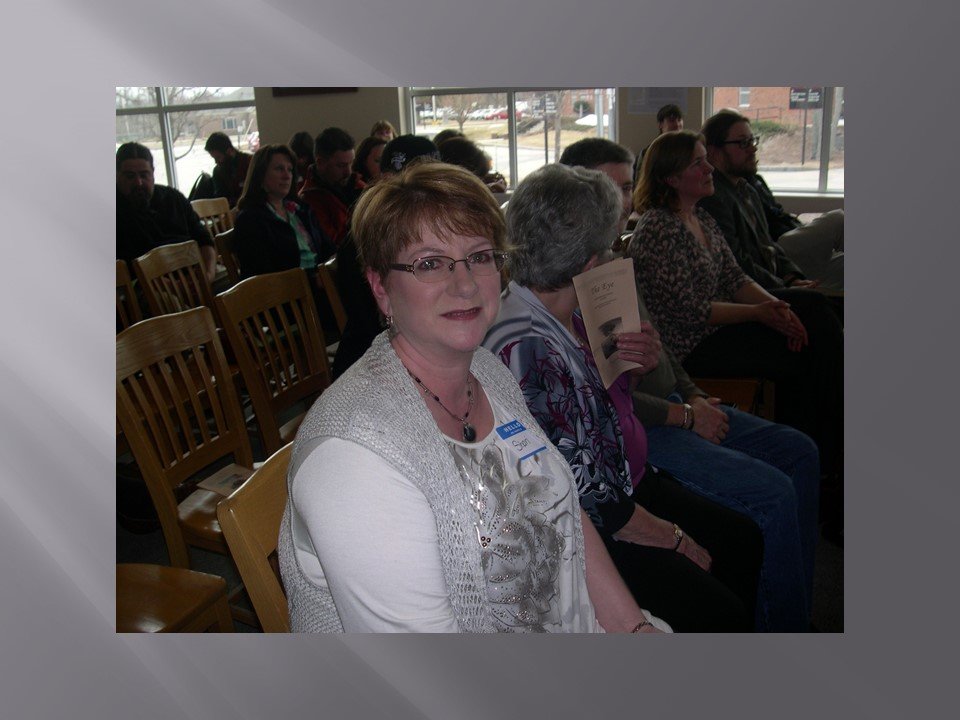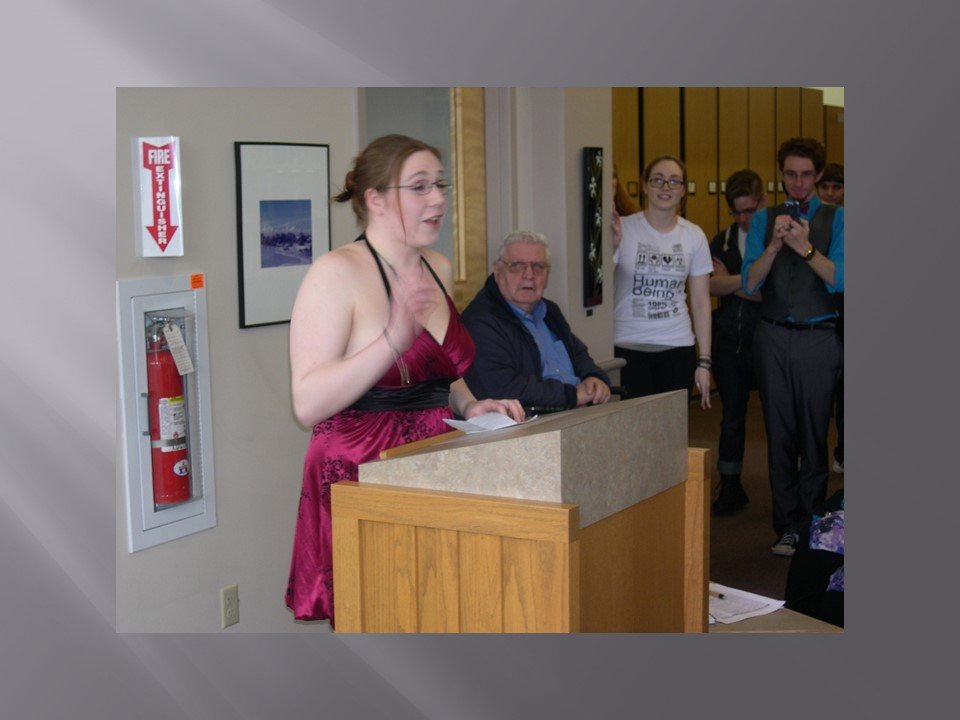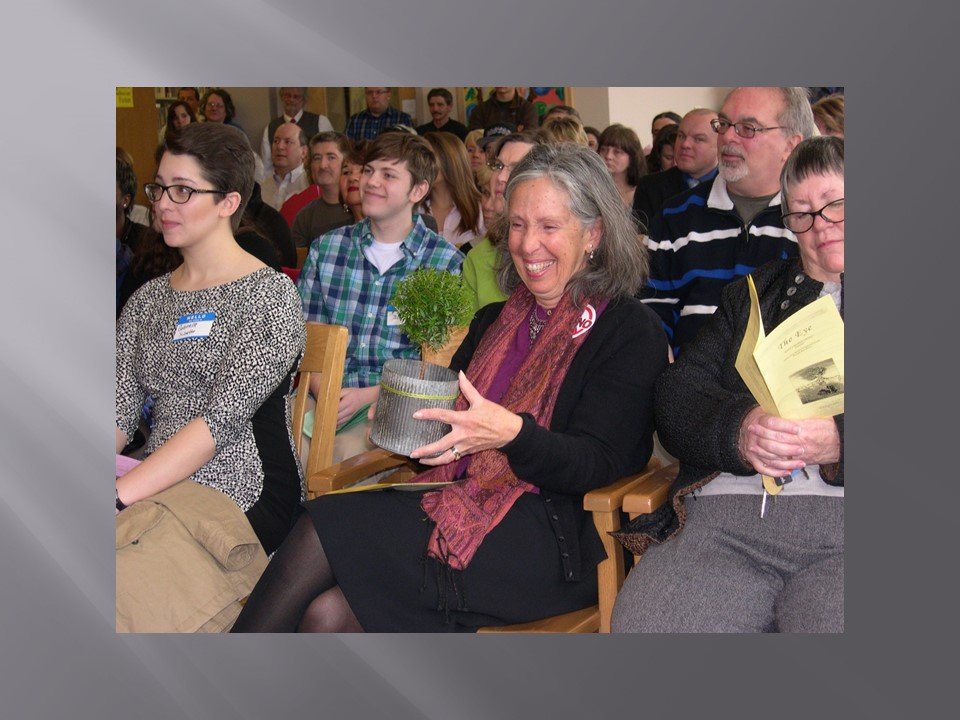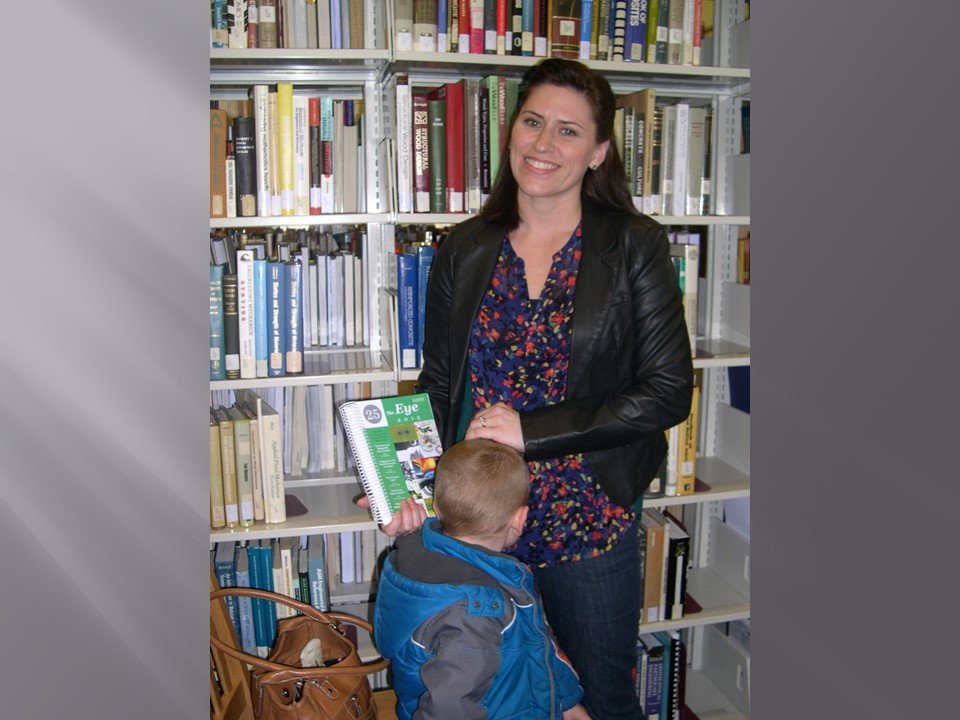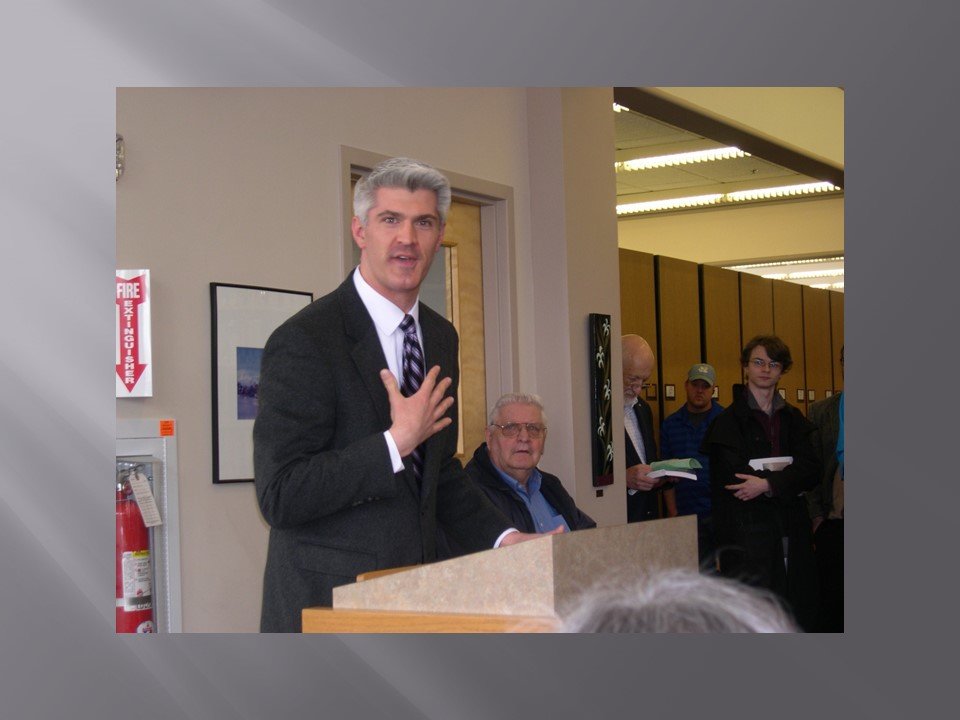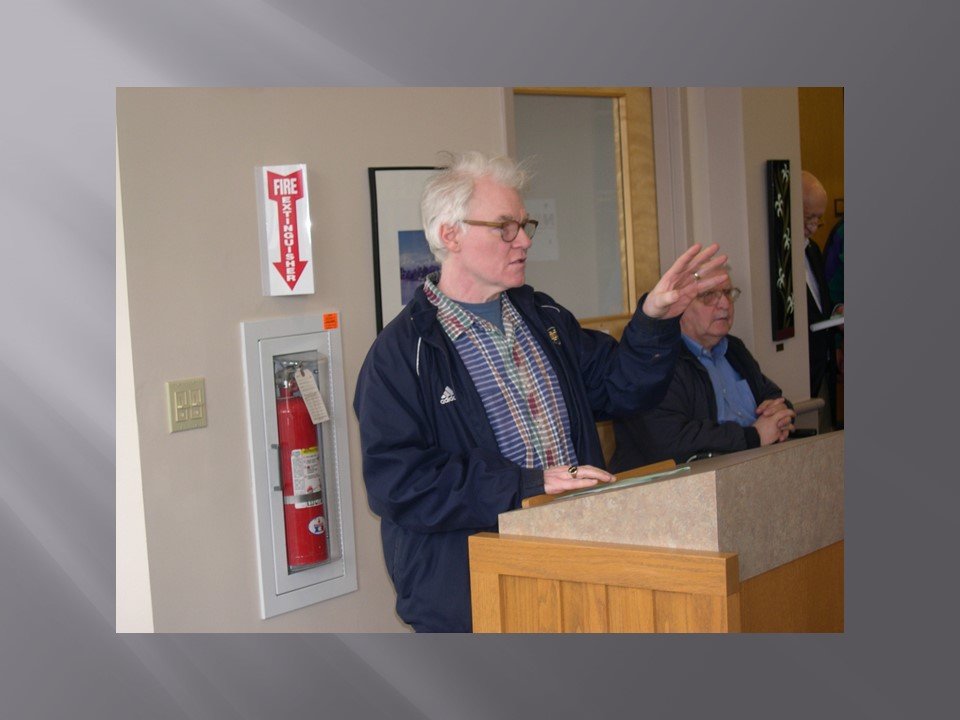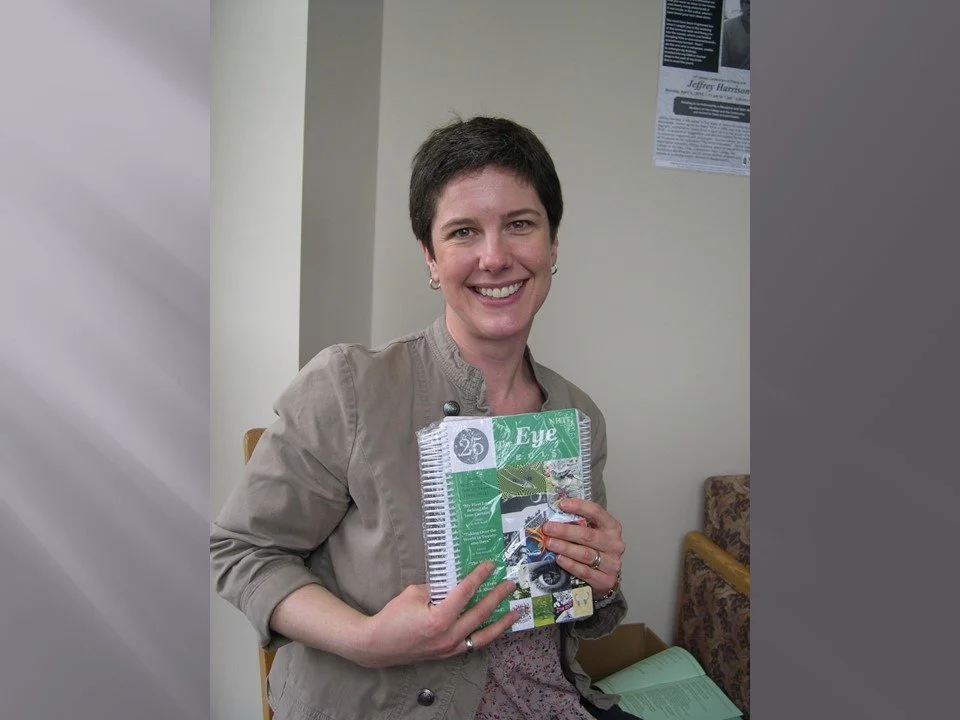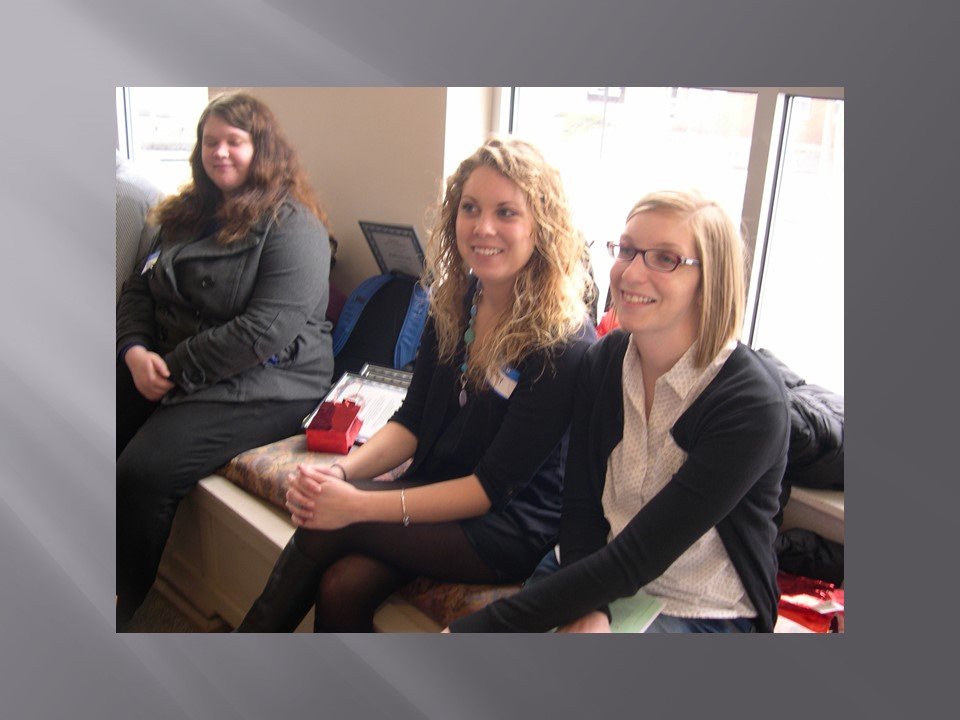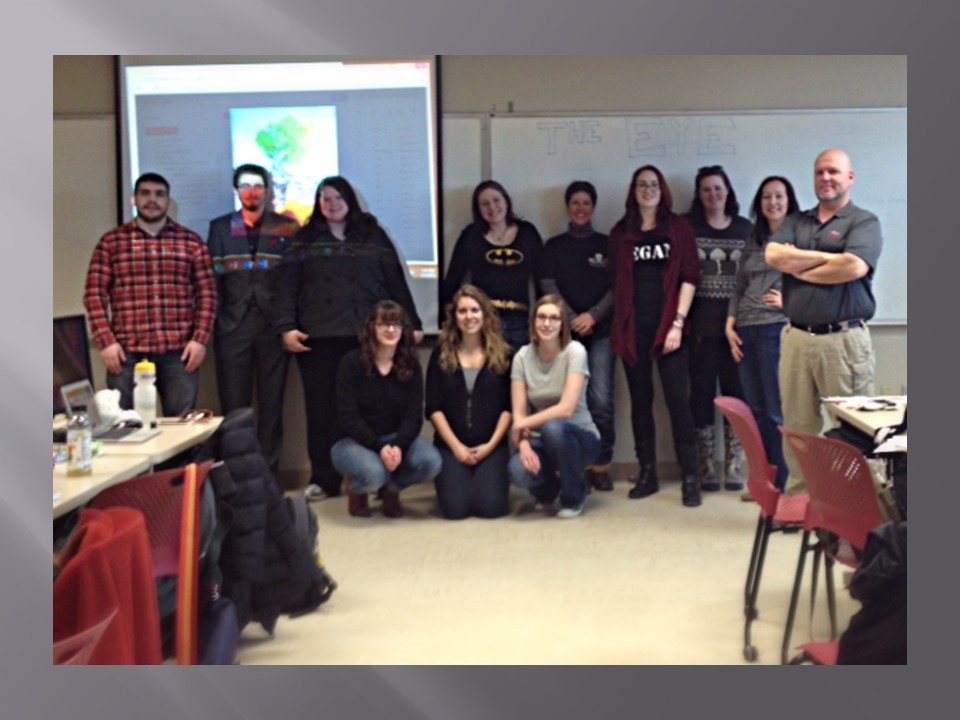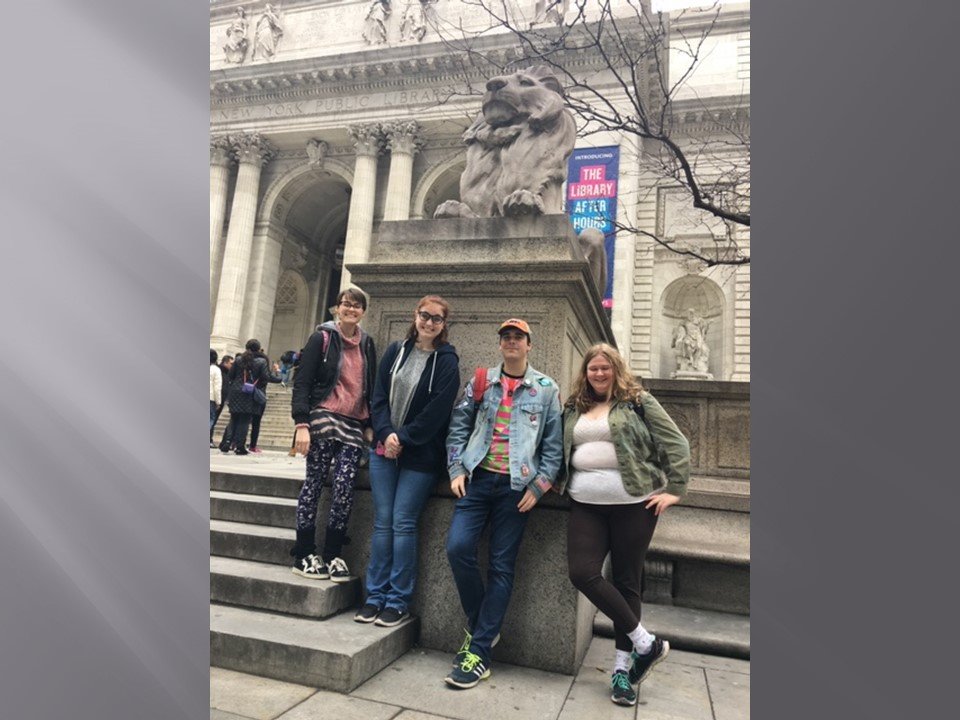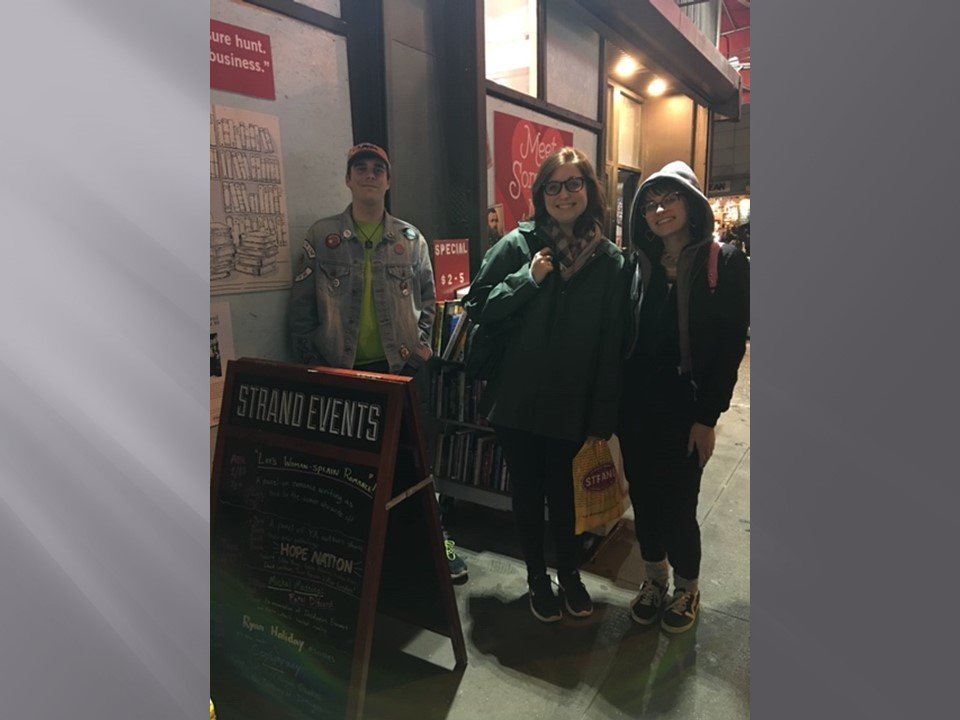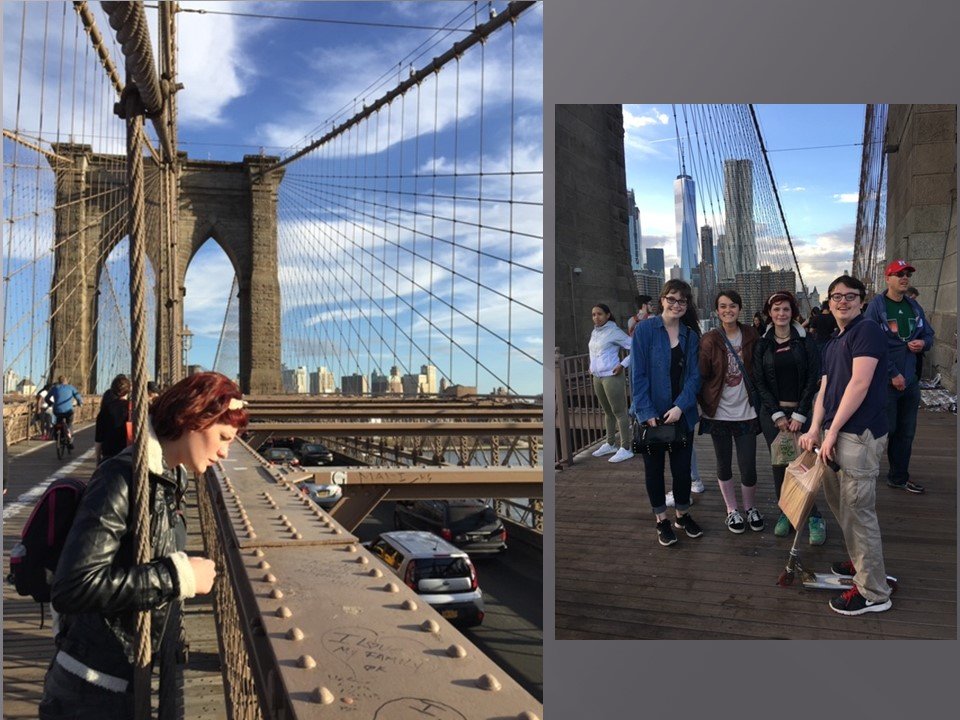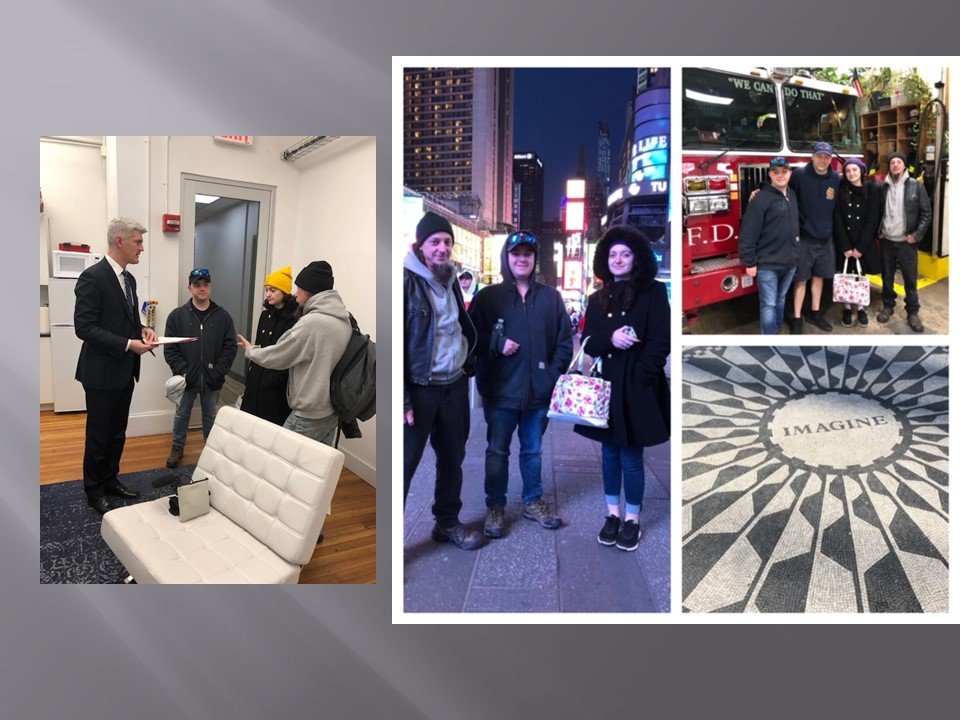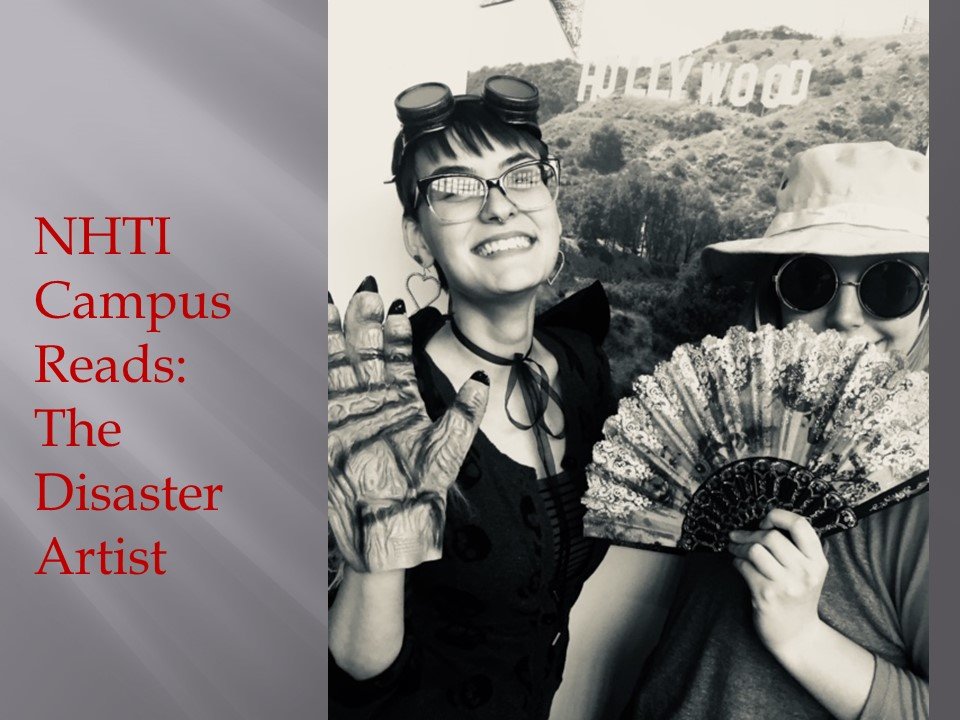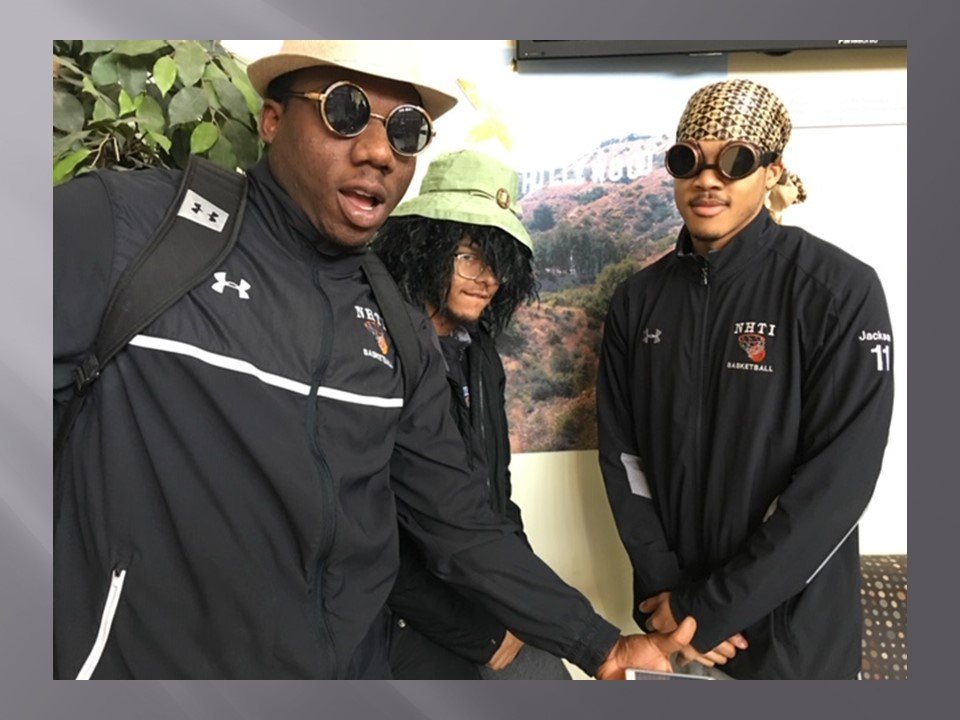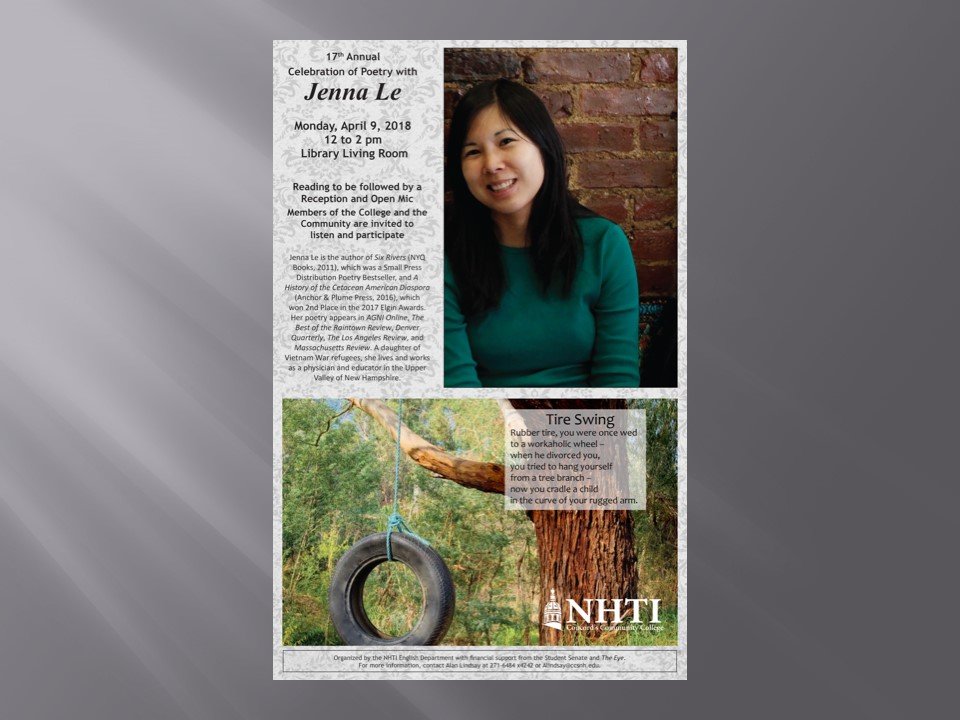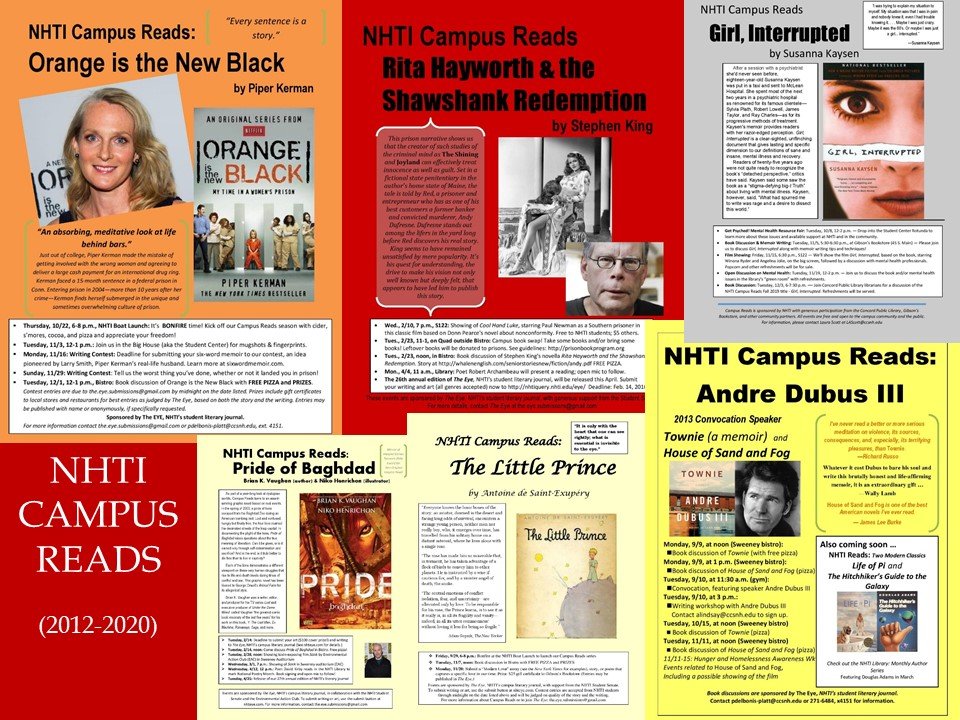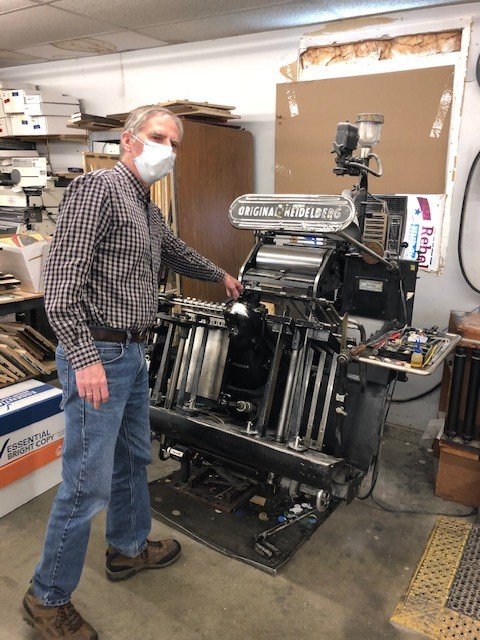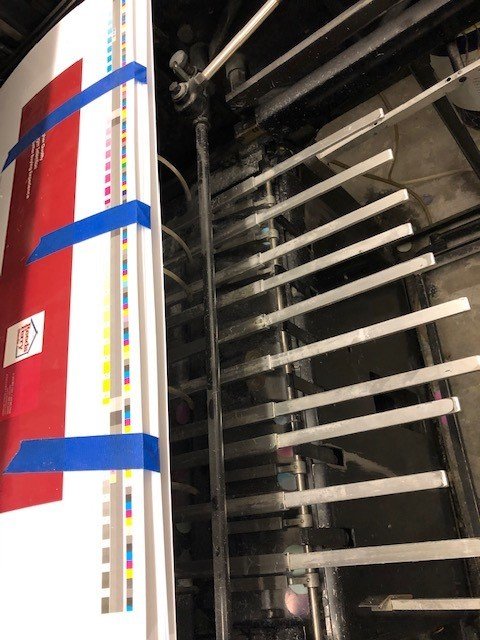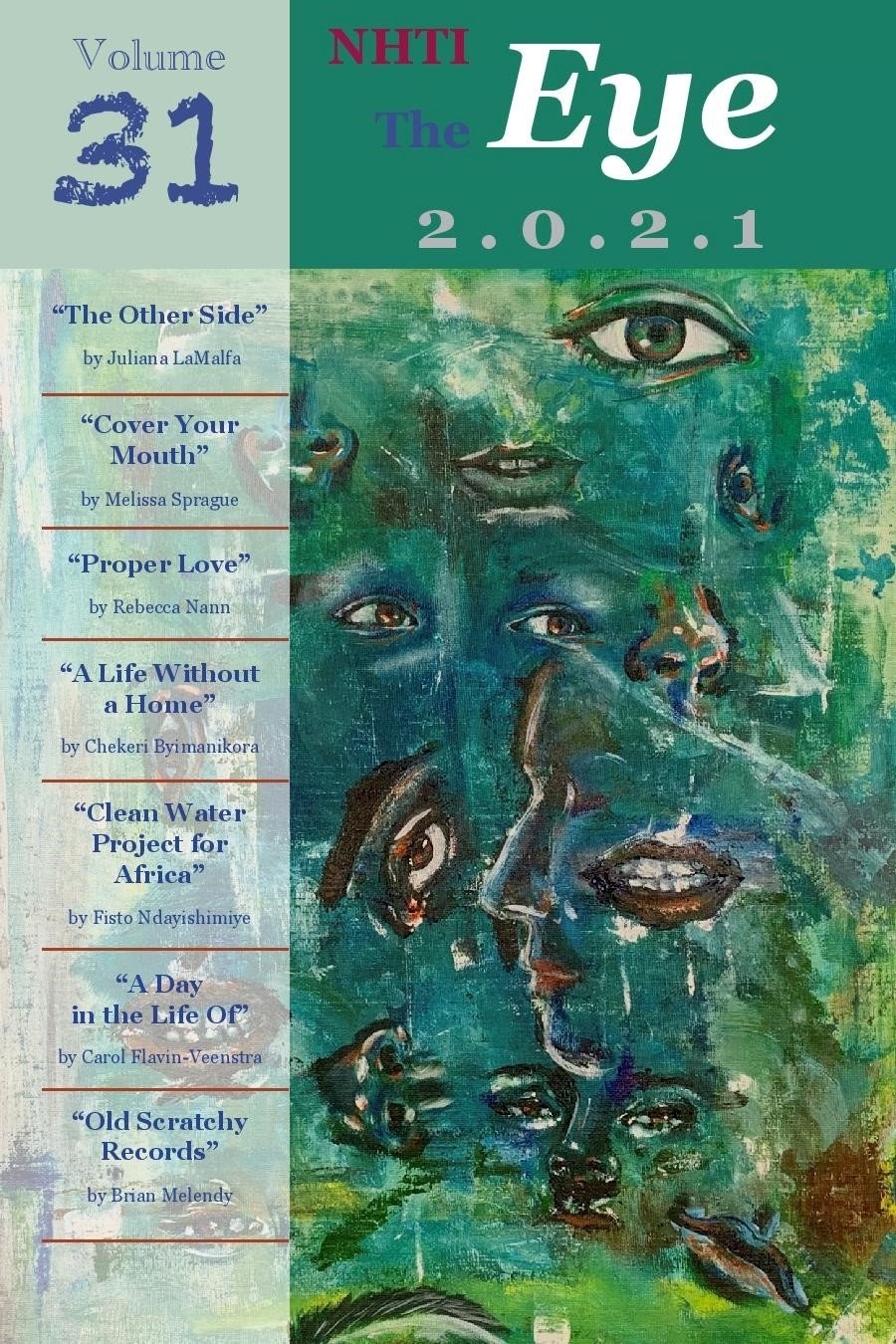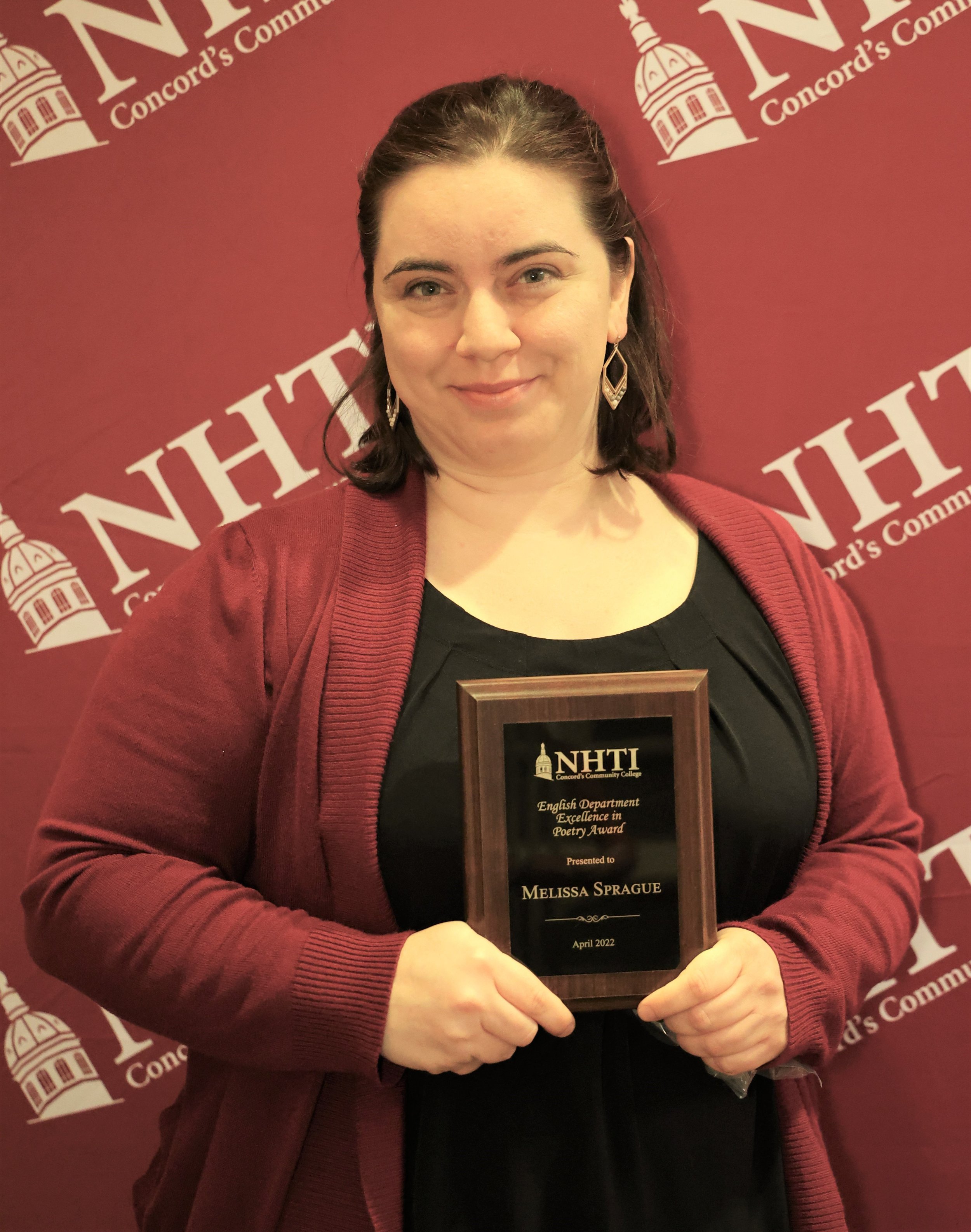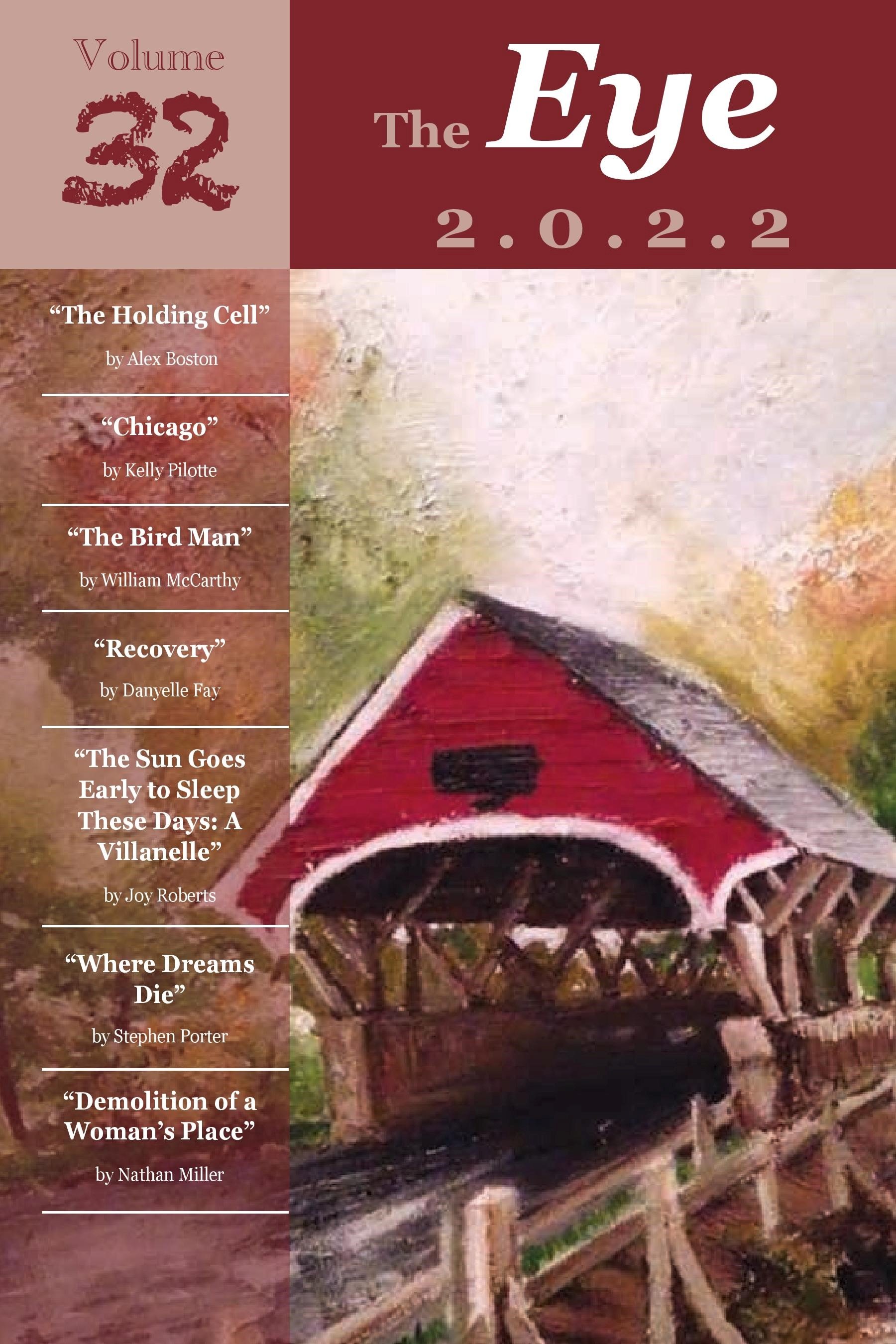LETTERS TO A YOUNG PUBLICATION
“There is only one way: Go within. Search for the cause, find the impetus that bids you write. Put it to this test: Does it stretch out its roots in the deepest place of your heart?” ——Rainer Maria Rilke, “Letters to a Young Poet”
Spring 2022 Edition
We encourage you to get involved with a student publication wherever you are—join, submit, write, create art! Celebrate student voices! And if you do not have a publication, now is a great time to start one. We’ll help you with some advice.
Getting journals ready to distribute in 2021 (Photo by Brian Melendy)
Accepting Submissions
Use a tool like Google Forms or Wufoo (that’s what we use on our Submission Page!) or simply give out your email address to begin accepting submissions. It’s best to specify that you require .docx files (NOT .pdf files) for writing and .jpgs or .pngs for art. You will also want to state whether the author retains the rights to republish their work or is giving those rights to you and for what purpose. See our language on the submission page image below.
It’s useful to create a Gmail account for your Publication (The Eye’s is the.eye.submissions@gmail.com).
Assign one person to move submissions from Gmail to Google Drive folders to organize them. Students can easily access the Google Drive folders when you share them with them (it’s best if they have setup a gmail account).
Determine how many students will read each submissions. We have each submission read and scored by three students.
Add a comment/scoring grid for editors to add scores and respectful comments.
Establish your scoring guidelines:
1 – Needs a lot of work
2 – Needs work
3 – OK – maybe publish
4 – Very good – publish
5 – Great - publish
*We have had many discussions about the criteria and can use the coming year to support defining our publishing goals. When you read a piece, it is fairly simple for editors to clean up mechanical issues (e.g., commas, verb tenses, some citation formatting issues), but we are reading for content and quality—and not for what we agree or disagree with. We are trying to allow a diversity of student voices to shine. It is important to know that the volume is both for general audiences but also to be used in the ENGL 101 classroom, so it should serve as a strong model of the kinds of writing done by NHTI students. You can ask faculty to run submissions through an originality checker, too, if you think that would be useful.
Boosting Submissions
Not getting enough submissions? Here are several ways to encourage students to submit:
Have a cover art contest: We offer a $100 prize and reach out to our Visual Arts students directly.
Have other writing and art contests! (We’ve sponsored contests around themes: horror stories for Halloween, a write-alike contest for our favorite poets, a “This I Believe” essay contest, a space-nature poetry contest for Earth Day.)
Reach out to your faculty. Get faculty to recruit students in their classes.
Have a bulletin board and posters on campus.
Use social media! (Check with your communication/public info staff for requirements.)
Put tent cards on tables in your cafeteria.
Host a social event like a bonfire!
Take a trip to the Boston Book Festival, to a writing workshop in NYC, or any other fun event!
Host a “Voices That Matter” workshop or conference. We invited Mike Pride from the Pulitzer Prizes and Felice Belman of the New York Times, both of whom have ties to New Hampshire to our “Voices That Matter” conference and included a student panel.
And more ideas will come to you that are specific to your area.
Create a Website for Your Publication
You can publish online, like we have in this ONLINE EDITION, or just use your website to promote submissions, archive works, and more.
Find a hosting site. You can use Google Sites or another hosting service. We use SquareSpace for The Eye. Google Sites is free, and SquareSpace is a paid service. SquareSpace also allows you to create a domain name (we chose nhteye.com), and Square Space has easy templates to use for pages.
Text Design, Printing, and Binding
You can design the text yourselves, have a graphic design student provide you with the designed PDF file (be sure to check with a printer for their specifications (“specs”) first, or have the printer do the design work. We’ve had Keystone Press design the pages and cover for us. Keystone Press, like most graphic designers, uses Adobe InDesign. NHTI’s student editors have attended a workshop with NH graphic designer Lori Discoe Of Onepartart LLC for an introduction to InDesign, too. Experts can help you ensure that any images are hi-res and will print well in black-and-white or in color.
We print and bind our volume at KEYSTONE PRESS in Manchester, NH, and formerly with Town & Country Reprographics in Concord, NH. We enjoy supporting and working with these local experts. We’ve found that their pricing allows us to include color art, which is a big plus. If you prefer to publish through Amazon, and have readers buy copies on Amazon.com, the KINDLE DIRECT PUBLISHING (KDP) service allows you to produce both a print book and an ebook that customers can buy. For you, there is no bill to pay, and you receive monthly payments for copies sold. It’s easy to use by uploading a .pdf of your text and designing your cover images within the site. However, we’ve found that it is too expensive there to publish color art inside the volume, though a color cover is easy to design with their template. During the pandemic, we made our 2020 EYE EDITION available on Amazon.com in addition to printing copies at Keystone Press.
A Look at How a Book Is Made
https://www.nytimes.com/interactive/2022/02/19/books/how-a-book-is-made.html
Keystone Press, April 2021
Funding Your Publication
You can use no cost options (e.g., Google Forms/Docs/Drive/Sites, Sites, Amazon KDP) to produce an online publication. Or you can raise funds to produce a print volume, too. Ours has been in print since 1991 (and before that as a newspaper). It is funded by sales of the previous year’s edition, along with Student Senate funding, given to active student organizations at our college. We’ve also sold chili, snacks, and more!
Celebrate and Recognize Your Writers, Artists, and Editors
Each spring we host a reception and provide awards to the cover artist, editors’ choice awards in each category, and most dedicated editor awards. Invite all contributors and their guests. Faculty say a few words about each published piece. Lots of applause creates a warm environment. We’ve had a mother and daughter published and a father (now a federal judge) and daughter published, too. What a legacy! Don’t forget refreshments!
““It was deeply validating to receive recognition.””
Contact information for student publications at NH’s community colleges:
Great Bay Community College has historically published The Heron. For information, contact Prof. Cindy Walton, chair of the GBCC English Department: 603-427-7669, cwalton@ccsnh.edu.
Lakes Region Community College inquiries about publishing can be directed to Prof. Stephen Freeborn, Department Chair of Liberal and Professional Studies, 603-366-5250, sfreeborn@ccsnh.edu.
Manchester Community College published the inaugural edition of MCC’s new literary magazine, The Queen City Review, held a reading recently, and participates with UNH in publishing the International Voices. For more information, contact Prof. Colleen Jennings, Dept. Chair for English, Humanities, and Languages, 603-206-8051, cjennings@ccsnh.edu.
Nashua Community College publishes a journal, Windows, and hosts a coffeehouse and other events. Contact Prof. Jennifer Tripp, Arts, Humanities, & Design Dept. Chair, 603-578-6870, jtripp@ccsnh.edu.
NHTI has been publishing The Eye for over 30 years and holds an annual reception, open mics, etc. For information, contact Prof. Dave Edwards, 603-271-6484, ext. 4165, dedewards@ccsnh.edu or Student Editors at the.eye.submissions@gmail.com.
River Valley Community College is working on publishing a journal. Contact Prof. Cara Chanoine, Chair of Liberal Arts, 603-542-7744, ext. 1844m cchanoine@ccsnh.edu.
White Mountains Community College inquiries about publishing can be directed to Prof. John Achorn, Department Chair of Arts, Humanities, Communication, and Design, 603-342-3021, jachorn@ccsnh.edu.
Other Important Considerations
Language, Journal Constitution, and Bylaws
In the fall of 2020, we invited Robin Gregg of the Contoocook Valley School District, a counselor and educator, work with our student editors to provide resources that would help us to think more deeply about the language we use, the submissions we choose, and how to represent all fairly during a time of social upheaval. Luis Rosa, a co-advisor of The Eye at that time, also lent his expertise. We invite you to consider the following resources that Robin Gregg, Luis Rosa, and others led us to consider:
Whether and How to Use Content Warnings and Trigger Warnings:
https://sites.lsa.umich.edu/inclusive-teaching-sandbox/wp-content/uploads/sites/853/2021/02/An-Introduction-to-Content-Warnings-and-Trigger-Warnings-Draft.pdf
https://ooligan.pdx.edu/content-warnings-matter/
https://www.newyorker.com/news/our-columnists/what-if-trigger-warnings-dont-work
Writing about the Power of Words/Language:
https://news.stanford.edu/2019/08/22/the-power-of-language-how-words-shape-people-culture/
https://www.uua.org/worship/words/sermon/power-language-language-power
http://veganfeministnetwork.com/language/
https://www.responsiveclassroom.org/product/power-of-our-words/
Examples of University Writing Center documents about using non-sexist language (Indiana University of Pennsylvania; University of Pittsburgh, Northern Illinois University; University of North Carolina, Chapel Hill)
https://www.iup.edu/writingcenter/writing-resources/style/using-non-sexist-language/
http://www.gsws.pitt.edu/sites/default/files/Gender-InclusiveLanguageGuidelines.pdf
https://writingcenter.unc.edu/tips-and-tools/gender-inclusive-language/
https://www.niu.edu/writingtutorial/style/bias-free-language.shtml
Avoiding Racist Language
https://www.dw.com/en/avoiding-racism-the-struggle-to-use-the-right-words/a-37767796
https://www.niu.edu/writingtutorial/style/bias-free-language.shtml
https://smileypete.com/business/grammar-gourmet-language-of-anti-racism/
From Associated Press (AP) Stylebook https://www.apstylebook.com/race-related-coverage
https://apastyle.apa.org/style-grammar-guidelines/bias-free-language/racial-ethnic-minorities
From National Association of Black Journalists:
https://www.nabj.org/page/styleguide
Challenging Ableist Language
https://www.glsen.org/sites/default/files/Challenging-Ableist-Language.pdf
Inclusive Language (Content Guide from a division of the General Services Administration, US Government) https://content-guide.18f.gov/inclusive-language/
The Language of Addiction and Using Person-First Language
https://www.recoveryanswers.org/media/dr-john-kelly-interview-with-the-takeaway-on-why-language-matters-in-addiction/
https://news.harvard.edu/gazette/story/2017/08/revising-the-language-of-addiction/
Implicit Bias and Bias Self-Assessments
https://www.adl.org/sites/default/files/documents/assets/pdf/education-outreach/Personal-Self-Assessment-of-Anti-Bias-Behavior.pdf
https://implicit.harvard.edu/implicit/takeatest.html
Diversity and Social Justice: A Glossary of Working Definitions for Student Editors to Keep in Mind While Evaluating Submissions
The following is not an exhaustive list (again, Robin Gregg assisted us in thinking about and defining these terms); however, it offers a useful reference for basic working definitions that can inform discussions. Thanks to the National Conference for Community and Justice, Oregon State University, Arizona State University – Intergroup Relations Center, Suffolk university-Boston, The McClure Foundation, and The National Center for Transgender Equality for their work defining these terms. For additional resources, please visit https://www.uml.edu/docs/Glossary_tcm18-55041.pdf and https://studentleadership.northseattle.edu/sites/studentleadership.northseattle.edu/files/D2-Diversity-and-Social-Justice-Terminology.pdf
Bias: Prejudice; an inclination or preference, especially one that interferes with impartial judgment.
Cross-Cultural: Relating to different cultures or comparison between them, where people reach across cultural boundaries, build relationships, share, listen, learn, and are open to change. Differences are understood and acknowledged.
Discrimination: Actions, based on conscious or unconscious prejudice, which favor one group over others in the provision of goods, services, or opportunities.
Diversity: The wide variety of shared and different personal and group characteristics, such as identity, skill, appearance, and abilities among human beings. The level of difference represented within any group.
Equity: Fairness or justice in the way people are treated; getting what we need to survive or succeed – access to opportunity, networks, resources, and supports – based on where we are and where we want to go. Equity allows each of us to reach our full potential.
Inclusion: A set of community values which suggest that people of all backgrounds, identities, abilities, perspectives and beliefs should have an equal opportunity to belong, achieve and contribute to their community(ies). Inclusion requires people to value, respect and accept diversity.
Microaggression: These are subtle putdowns. In and of itself a microaggression may seem harmless, but the cumulative burden of a lifetime of microaggressions can theoretically contribute to diminished mortality, augmented morbidity, and flattened confidence (Pierce, 1995, p. 281). Microaggressions have been defined as brief and commonplace daily verbal, behavioral, or environmental indignities, whether intentional or unintentional, that communicates hostile, derogatory, or negative insults. Racial jokes are an example of a microaggression.
Oppression: Results from the use of institutional power and privilege where one person or group benefits at the expense of another. Oppression is the use of power and the effects of domination.
Prejudice: A preconceived judgment about a person or group of people; usually indicating negative bias.
Stereotype: Blanket beliefs and expectations about members of certain groups that present an oversimplified opinion, prejudiced attitude, or uncritical judgment. They go beyond necessary and useful categorizations and generalizations in that they are typically negative, are based on little information, and are highly generalized.
Style Sheets (for consistency in your publication):
https://www.prismnet.com/~hcexres/itcm/guides/style_sheets.html
Proofreading Marks (Be sure to edit and proofread!):
https://www.chicagomanualofstyle.org/help-tools/proofreading-marks.html
If your group of student editors wishes to be an officially recognized organization on campus (and possibly access student organization funds), you may be required to submit a Constitution and Bylaws to your school administration. The following is an example, outlining membership, officer roles, and more.
CONSTITUTION AND BYLAWS
for NHTI Student Organization
The Eye, NHTI’s student literary journal
PREAMBLE
The Eye, formerly known as the NHTEye, was formed in 1991 as the campus’ student literary journal. We seek to continue the long, illustrious history of this organization, the purpose of which is to produce student publications that showcase students’ excellent fiction, creative nonfiction, poetry, academic writing, visual arts, and more, with an eye to celebrating our diverse voices, courageous individuals, and important issues. The Eye also seeks to promote reading and literacy through readings, book discussions, and author events. Students who serve on the editorial board of The Eye often emerge as leaders on campus and in their communities, and we aim to provide the opportunity for our editors to think deeply about important issues, hone their own writing skills, and provide an important outlet to celebrate student voices and accomplishments.
ARTICLE I. Name
Section 1.
The club is known as The Eye and has been known in the past as the NHTEye.
ARTICLE II. Purpose
Section 1.
The purpose of the organization is to publish a literary journal or journals, to promote reading and literacy on campus, to provide a supplemental text for English Composition courses for freshmen writers to use as models, to showcase diverse student voices, to celebrate the accomplishments of student writers and artists, and to provide leadership experience for students on the board of editors and in other roles within the organization.
Section 2.
The organization will abide by the policies of NHTI—Concord’s Community College and the Community College System of New Hampshire and all applicable local, state, and federal laws. Special attention will be paid to issues of copyright, authorship, and libel, and the organization will consult with the Vice President of Student Affairs and, through that administrator, the college’s attorney, if questions of legality arise. All members are expected to conduct themselves in compliance with the highest ethical standards and with the utmost integrity while acting on behalf of The Eye.
ARTICLE III. Membership
Section 1.
All NHTI students are eligible for membership, provided they comply with the current GPA requirement set by the NHTI administration. Individuals can inquire about joining the organization by emailing the officers at the.eye.submissions@gmail.com or by contacting the club’s advisor in NHTI’s Department of English, Fine Arts, and Languages (603-271-6484). The club will encourage faculty in the Department of English, Fine Arts, and Languages and the Visual Arts Department to recommend students for membership.
Section 2.
Participation in The Eye is voluntary, and students may withdraw at any time by contacting the club via the above email or by contacting the faculty advisor.
Section 3.
The Eye is committed to the principle of equal opportunity and prohibits discrimination against individuals—including members of the club, contributors, attendees at Eye events, prize recipients, and vendors and speakers hired by the club—on the basis of race, color, sex, sexual or gender orientation, gender identity, religion, disability, age, genetic information, veteran status, or national or ethnic origin.
ARTICLE IV. Officers
Section I.
The club will seek to fill the following positions:
1. President: Provides editorial direction for the club and oversees all club activities; consults regularly with the faculty advisor(s); provides agendas for meetings and facilitates meetings; serves as an authorized signer for all expenditures.
2. Vice President: Assists the president in setting editorial direction and ensuring activities are well orchestrated and planned in a way that is responsive to the campus community and club membership
3. Treasurer: Oversees the club’s organization and senate-funded accounts; prepares the budget with the club advisor(s) and president; serves as an authorized signer who must approve club expenditures in accordance with the budget
4. Secretary: Keeps minutes of all meetings or finds a replacement when absent and emails minutes to all club members.
ARTICLE V. Operations
Section I.
Officers are elected in a regular meeting, notice of which is published on the group’s campus Learning Management System site (e.g., Canvas, Blackboard) and serve for one year unless a new vote is requested by a majority of active members (defined as those who have attended more than half of the semester’s regular meetings and who engage in the scoring of submissions during that semester). Vacancies can be filled in a regular, posted meeting at any time. A written ballot of all members present and counted by the faculty advisor will determine the outcome of the elections. Elections take effect immediately. Officers can also be removed for non-activity at the faculty advisor’s discretion to ensure that the club has active, engaged student leadership. The faculty advisor will establish with the student organization president the manner and frequency in which the advisor will participate in the organization’s activities (e.g., programs, social events, and meetings) and offer guidance to the organization on goal setting, organization management, program planning, problem solving, and group evaluation. The faculty advisor will serve as a liaison with the college’s faculty and administrators to help ensure that the publication, while being a student-led organization, continues to meet the needs of the college.
ARTICLE VI. Finances
Section I.
The organization president, treasurer, and faculty advisor will monitor the club’s finances. Club activities are funded through the sale of the printed volume and with funds, if approved, from the student senate. The Eye will submit a budget each year prior to the deadline to the Student Senate Finance Committee.
ARTICLE VII. Amendments
Section I.
Amendments to this constitution may be proposed by active student members as defined above. They will be voted on one month after being proposed in writing at a regular meeting. The vote will occur at a regular meeting. A majority vote of active student members who are present to vote will constitute an affirmative vote. Votes will be tallied by the president and faculty advisor and reported to the student membership.
BYLAWS
Meetings: The Eye meets weekly from September 1 to April 30. Meetings are held each Tuesday during the 12-2 p.m. activity period. Currently, meetings are held on Tuesdays, 12-12:50 p.m. in Grappone 218.
Officers: Additional officer responsibilities may be assigned as needed and new/officer positions may be created, as needed.
1. Committees: Standing committees may include the Campus Reads committee, a poetry committee to hold poetry readings and help organize the annual National Poetry Month event, a systems’ committee, and a social committee to help organize events such as bonfires and trips, as student interest necessitates. Each committee’s responsibilities will be outlined upon formation. The chairperson of each committee will be elected by the active members present at the meeting upon formation; a simple majority vote is required for election.
A. Systems Manager/Systems Chairperson receives and organizes submissions via the club’s information technology system, adds new submissions for editors to read on a weekly basis; keeps track of how many submissions are to be read and updates editors weekly on the need for readers.
B. The Campus Reads Chairperson will organize a team to lead the Campus Reads initiative; collaborate with the Eye’s faculty advisor on the selection process for the Campus Reads title, taking into account the NHTI students, faculty, and staff; coordinate Campus Reads activities (i.e., book discussion, promotional activities, writing contests), monitor the Campus Reads budget, and ensure fairness of the selection process and selection of Campus Reads awards.
C. The Social Media Manager/Chairperson will ethically and responsibly manage the Eye’s social media presence (e.g., Facebook, Twitter, Instagram) with an eye toward soliciting submissions from students, promoting events, and protecting students’ privacy—see NHTI’s student handbook and online “netiquette” guidelines for some guidance to be followed.
Financial: There is no cost associated with Eye activities; however, there may be a fee to participate in activities off-campus that charge a fee (e.g., trips to the Boston Book Festival, to conferences in New York, or making literary pottery at a ceramics shop). Such fees are due at the time of registration for the event and are non-refundable. Students may be required to sign forms that state that they will reimburse the club/college for club-funded fees (e.g., transportation, conference fees, lodging) if they do not attend the event. Priority for organization funding to attend Eye-sponsored events will be given to those who meet the active member guidelines as defined above.
Elections: Generally, officers will be elected at the end of April. A follow-up election to fill vacancies will be scheduled in September. Additional vacancies will be filled throughout the year, as needed.
Amendment of Bylaws: Bylaws may be amended by a majority vote of active student members at any regularly scheduled meeting.
Why Publish?
“I think one of the most profound reasons to create a journal like this relates to something a professor said, back when I first started in college. He said that even submitting work to The Eye was a form of affirmation and validation, not only of yourself but the work you put in to it. A good grade is one thing, but having the chance to share something you created with others, that they could then connect with, or be inspired by, is a huge validation. That wouldn’t be possible without a publication like The Eye. Creating a journal like this can offer peers a place and chance to have their work be seen by a larger audience (not just the few in a classroom). It gives the staff a sense of pride as they create a tangible or visual representation of all their efforts. Being part of the staff isn’t only about getting to be around like mind people: it’s about being on a team of people that share separate strengths and values, people who can offer differing perspectives to help create the best journal possible.” —Sara Bibeau, Vice-President of The Eye and Student Editor
***
“For most students in most English classes, there is but one audience they think about: their instructor. They write to meet the demands of a writing assignment. They consider writing transactional: write a paper, receive a grade. Write another paper, receive another grade. Repeat until Commencement. But this isn't how writing is supposed to work. Though academic writing has heaped upon it all manner of evaluative and scholarly goals, at its core is a writer connecting with an imagined audience of interested, thoughtful, literate readers. The writer writes not for a grade but for what writing reveals. The writer E. M. Forster once asked himself, "How can I know what I think until I see what I say?" He's right, of course: writing about a topic for an imagined audience forces the writer to shape and define and defend a claim, an observation, a theme. That's why we publish student writing: to give our students a wider audience than their instructor. We want our student writers to see themselves not merely as grade-getters but primarily as meaning-makers. We invite them to engage the larger conversations about the human experience.” —Prof. Dave Edwards, co-advisor to The Eye
We wish you luck with your publication!
This edition was developed by Melissa Sprague, 2021-2022 President of The Eye,
with assistance from Faculty Advisor Dr. Paula DelBonis-Platt,
and contributions from others.
Certain materials that are part of this special edition of The Eye are used under the fair use exemption of the U.S. Copyright Law and have been prepared under the multimedia fair use guidelines and are restricted from further use.




